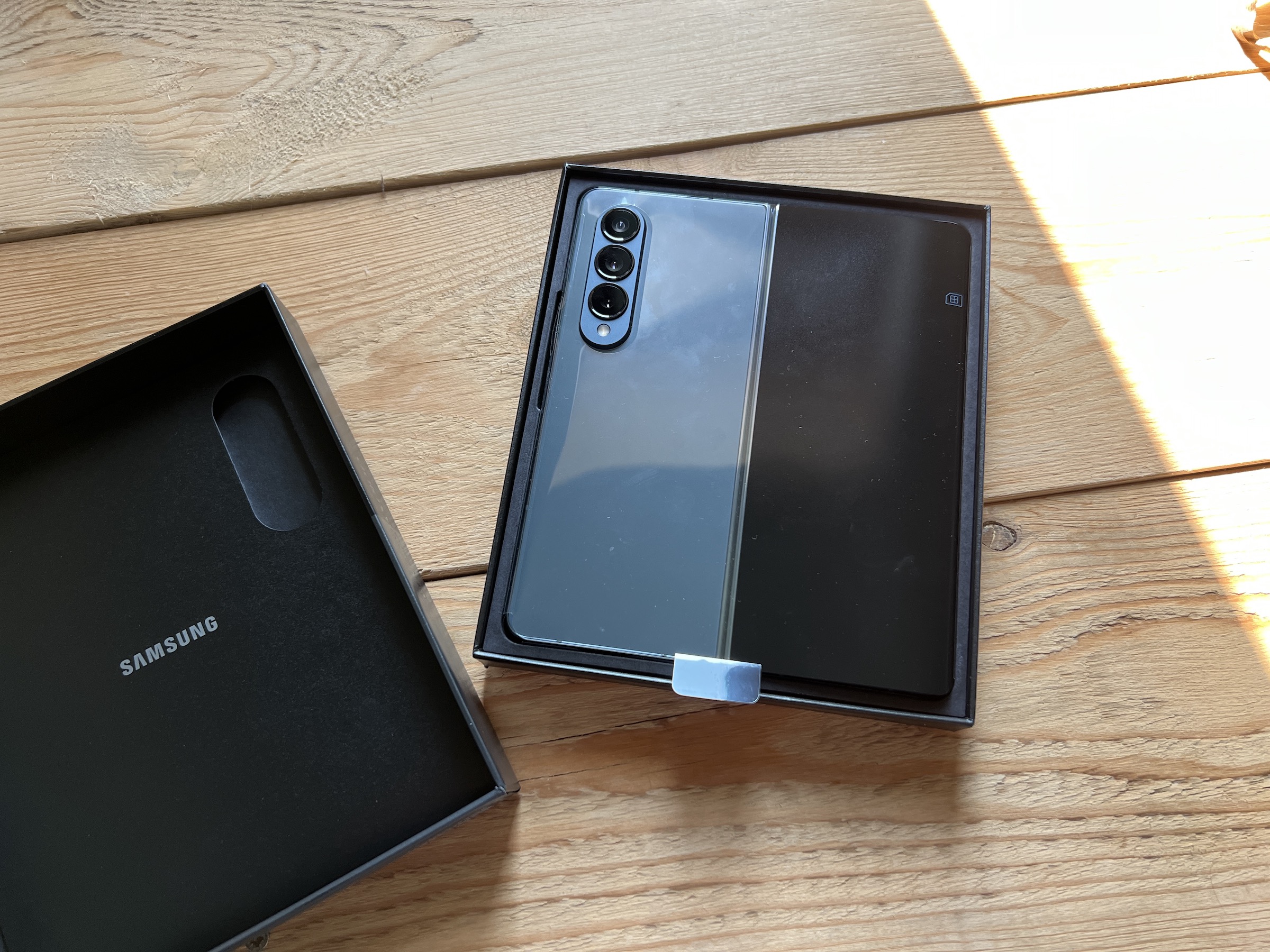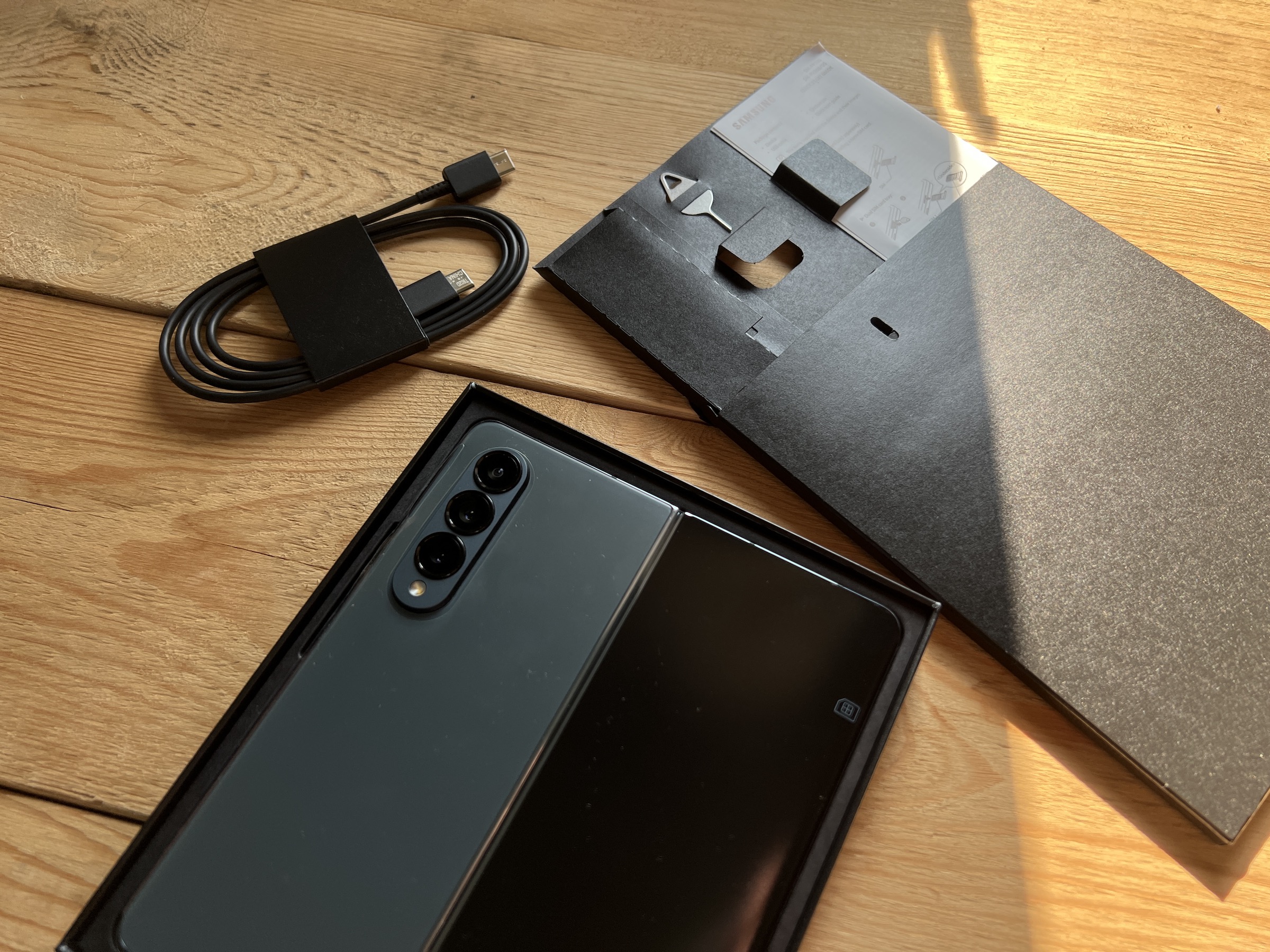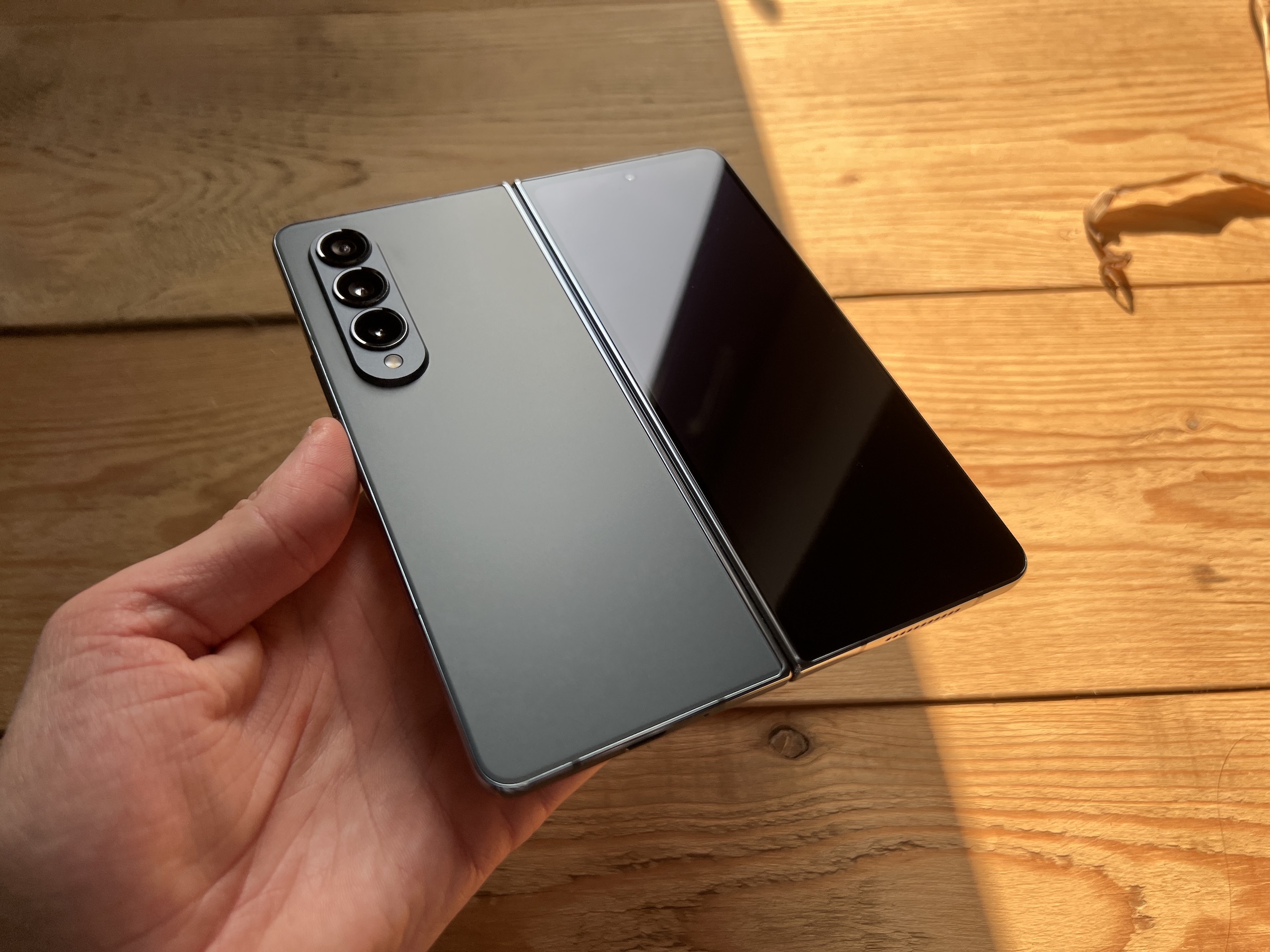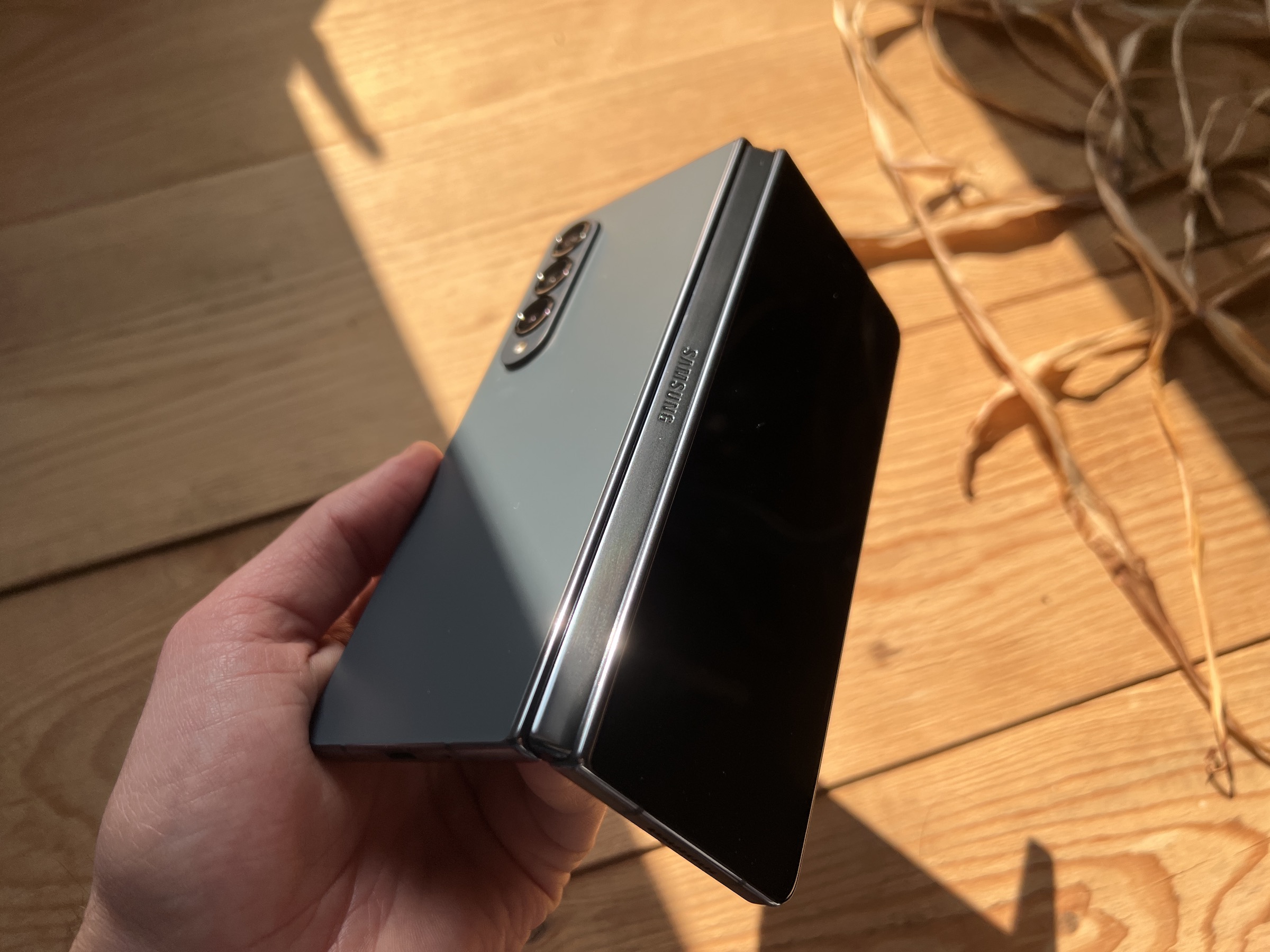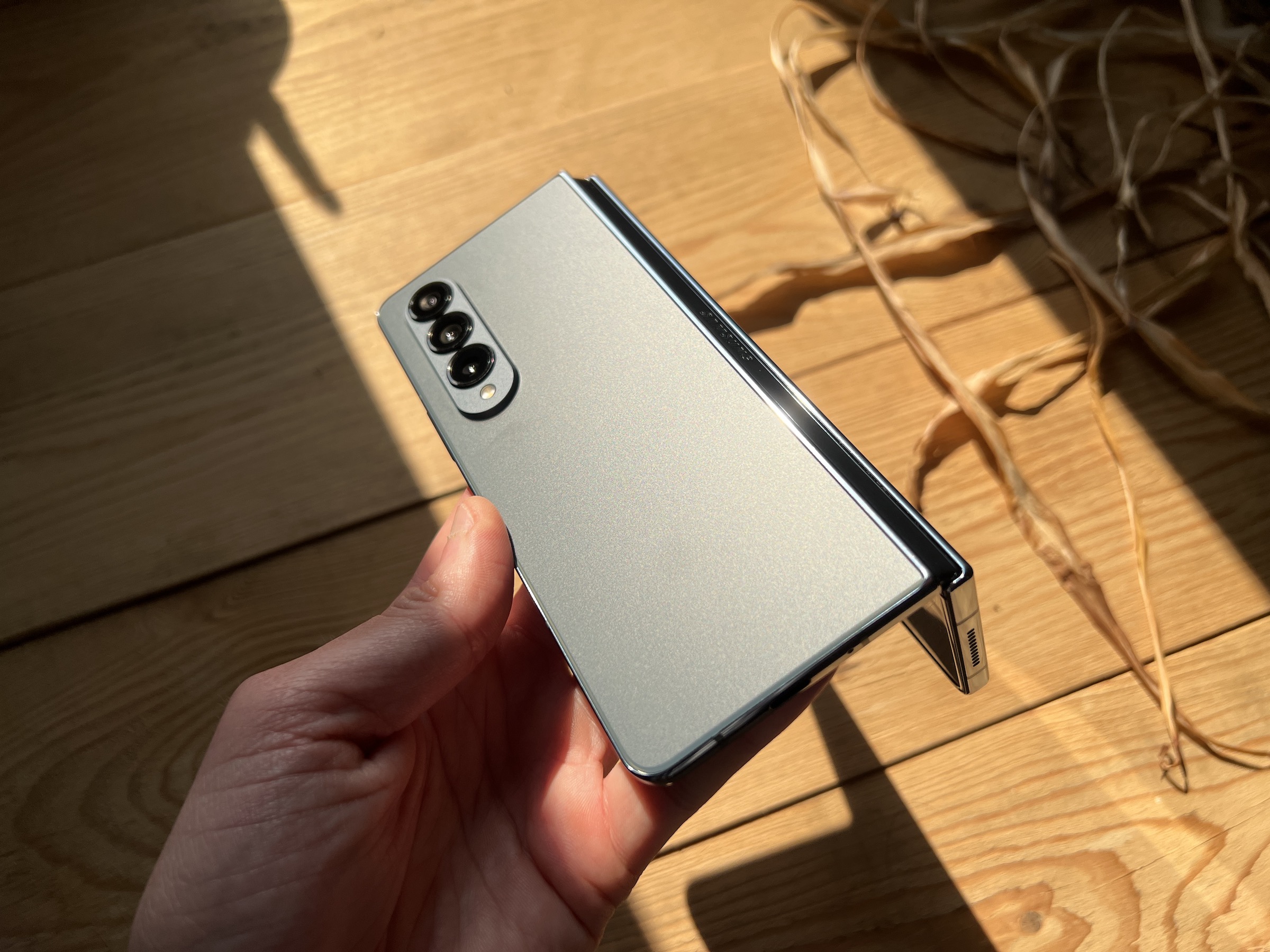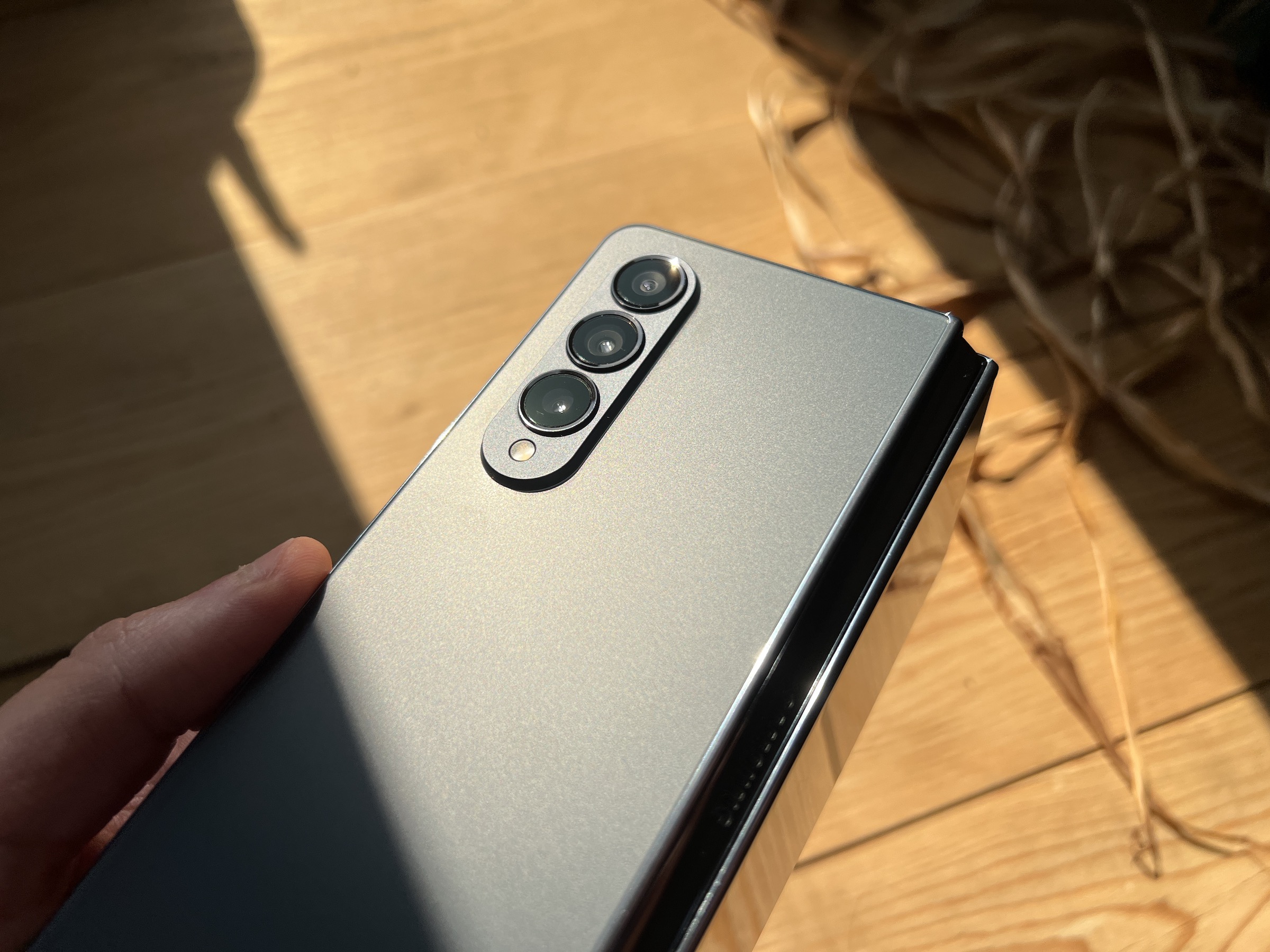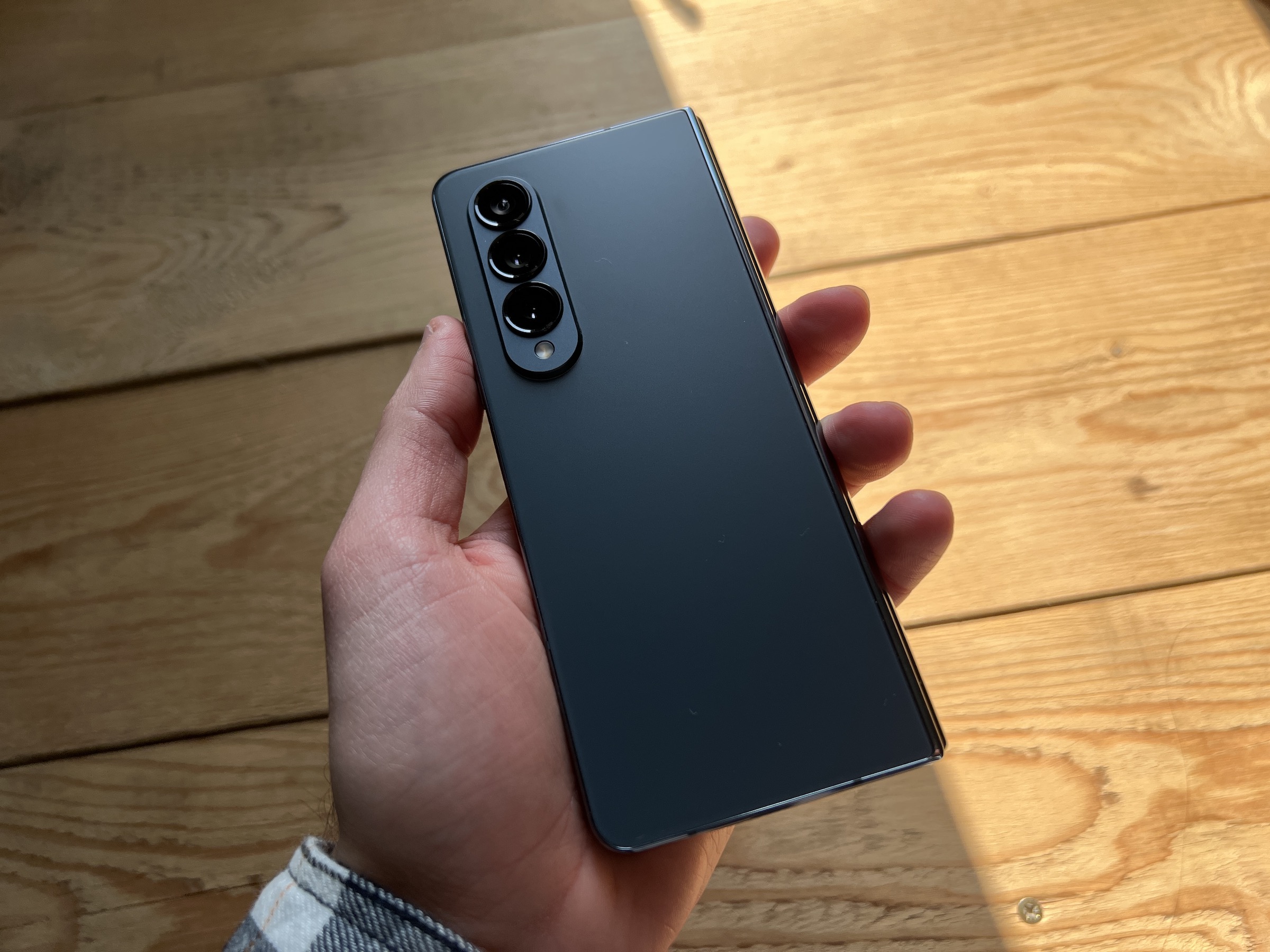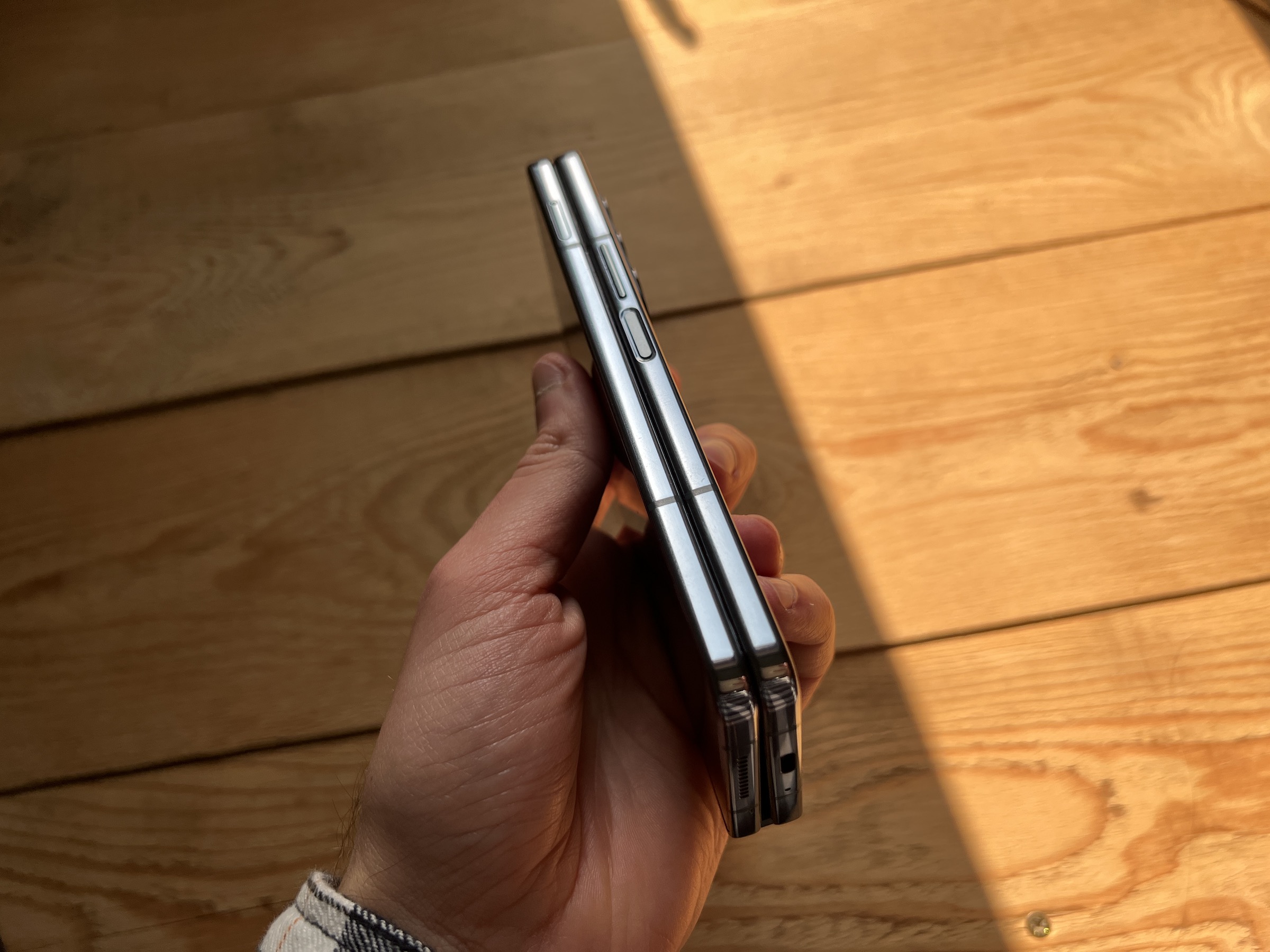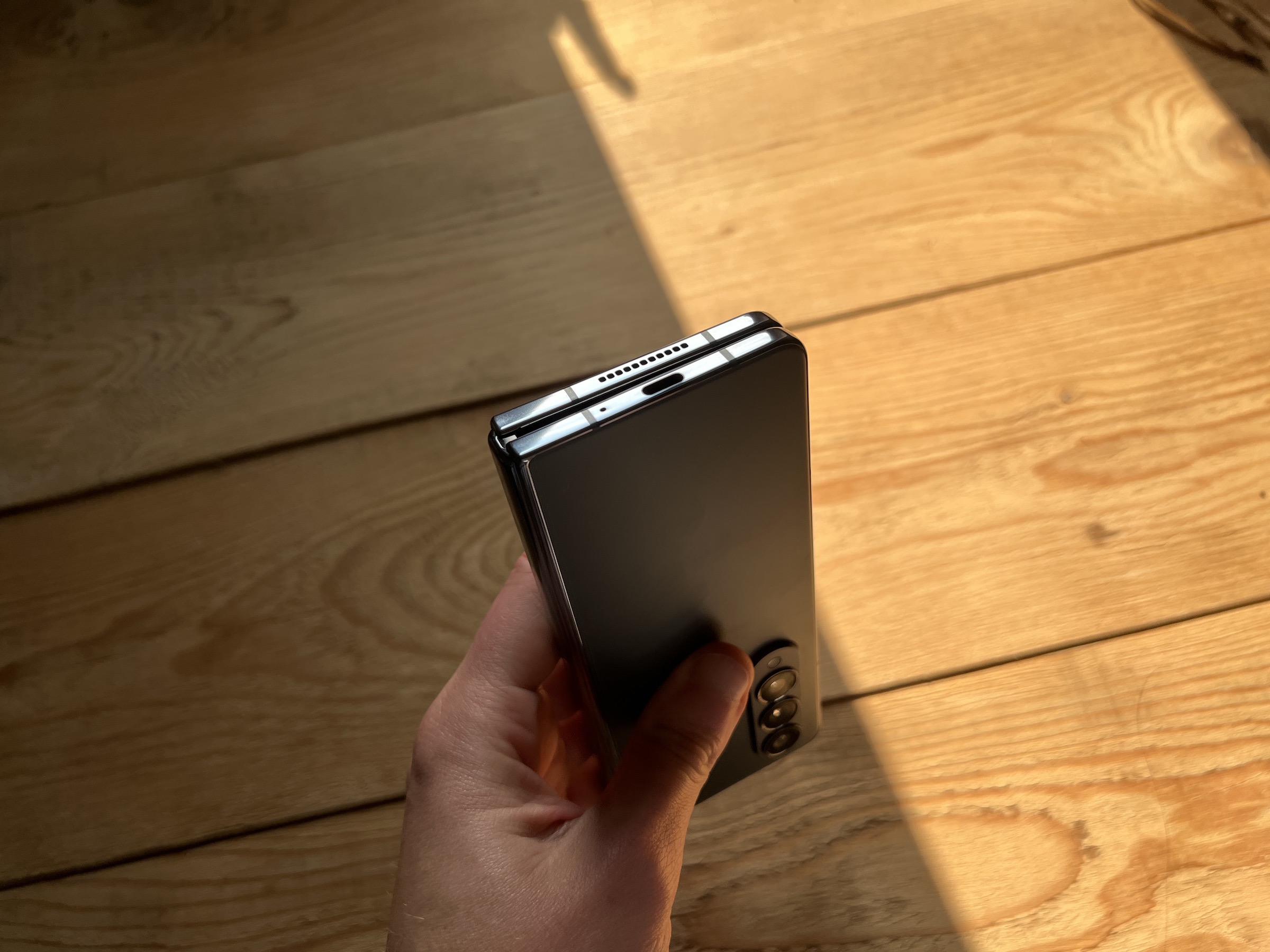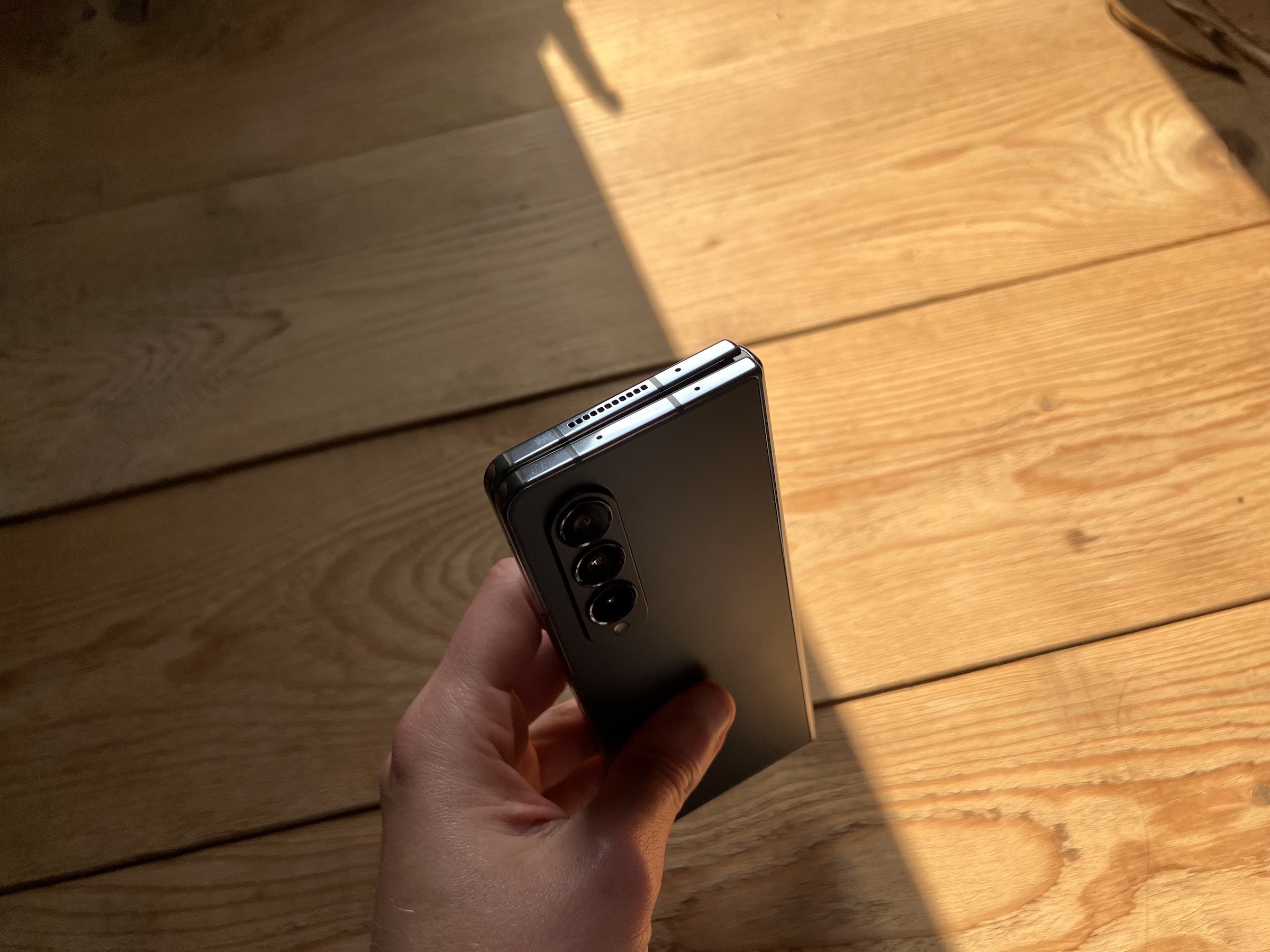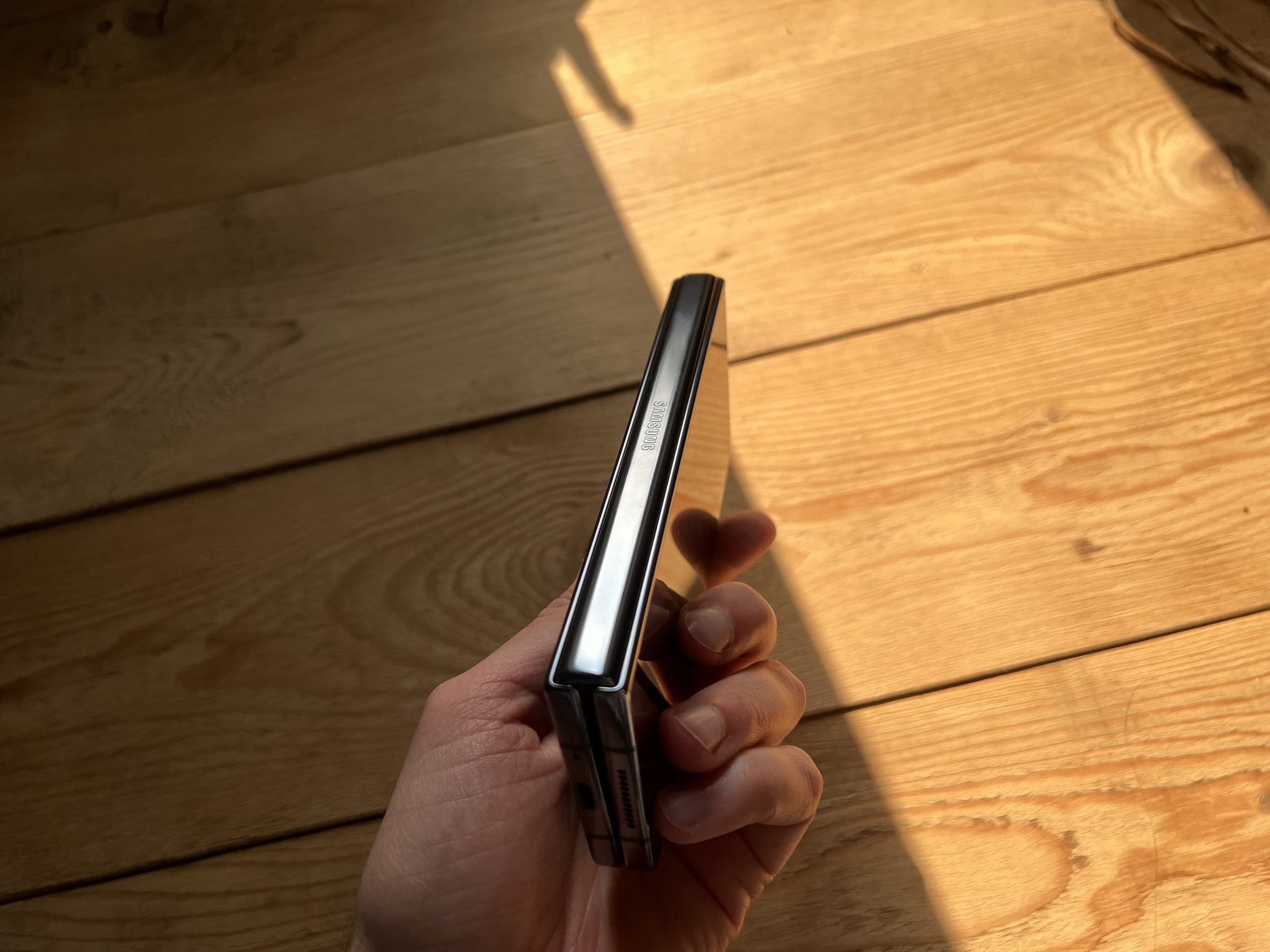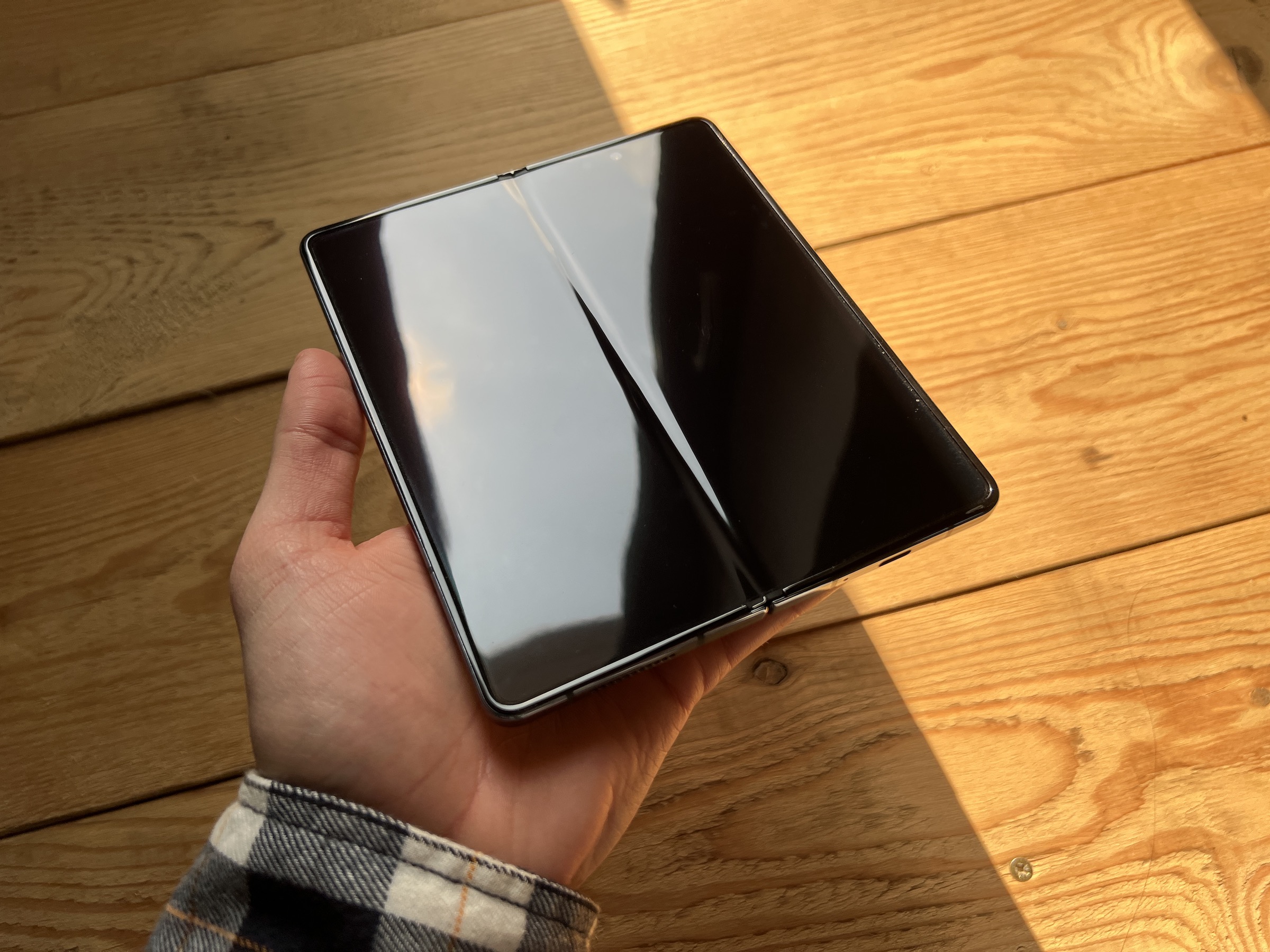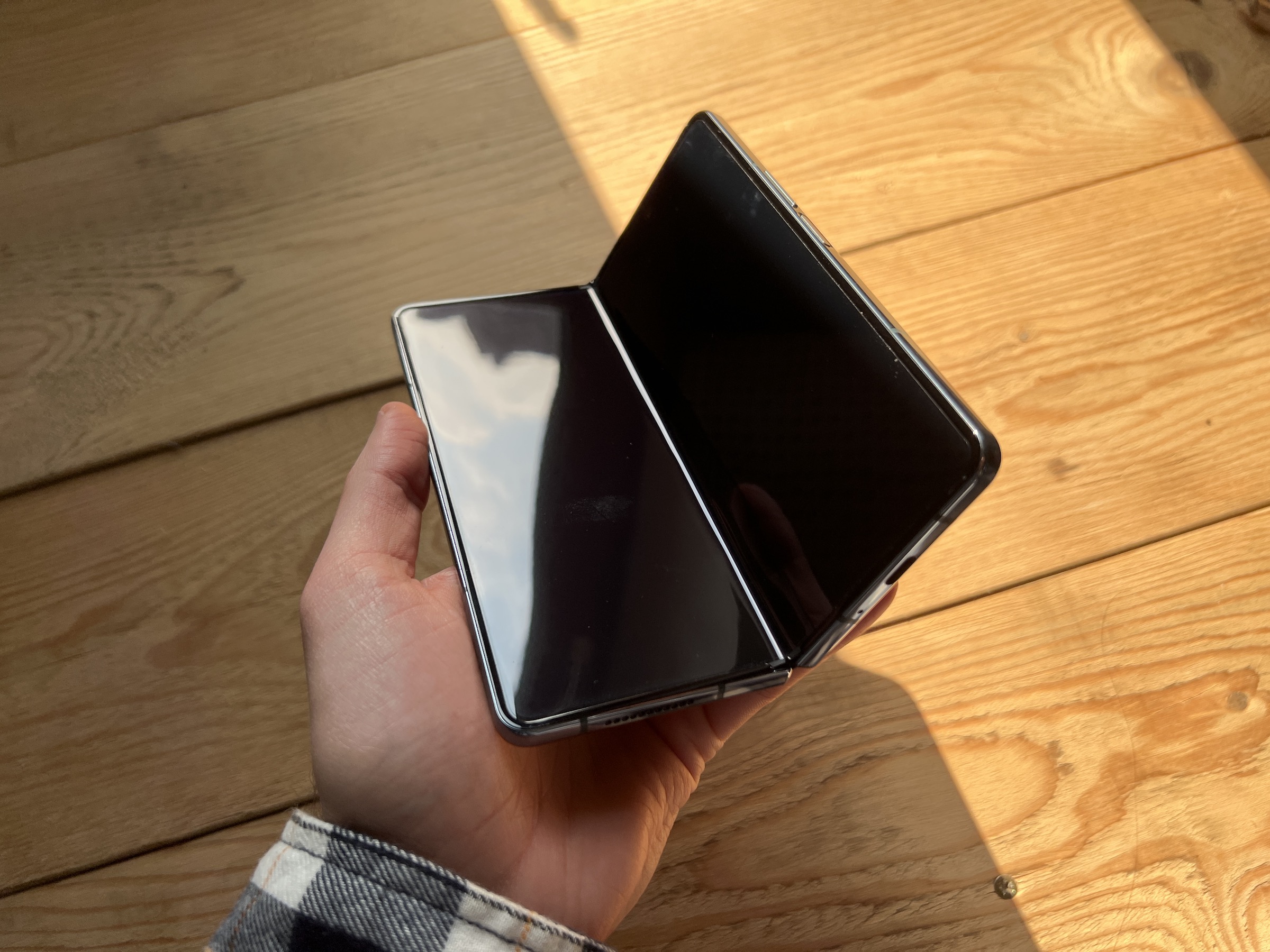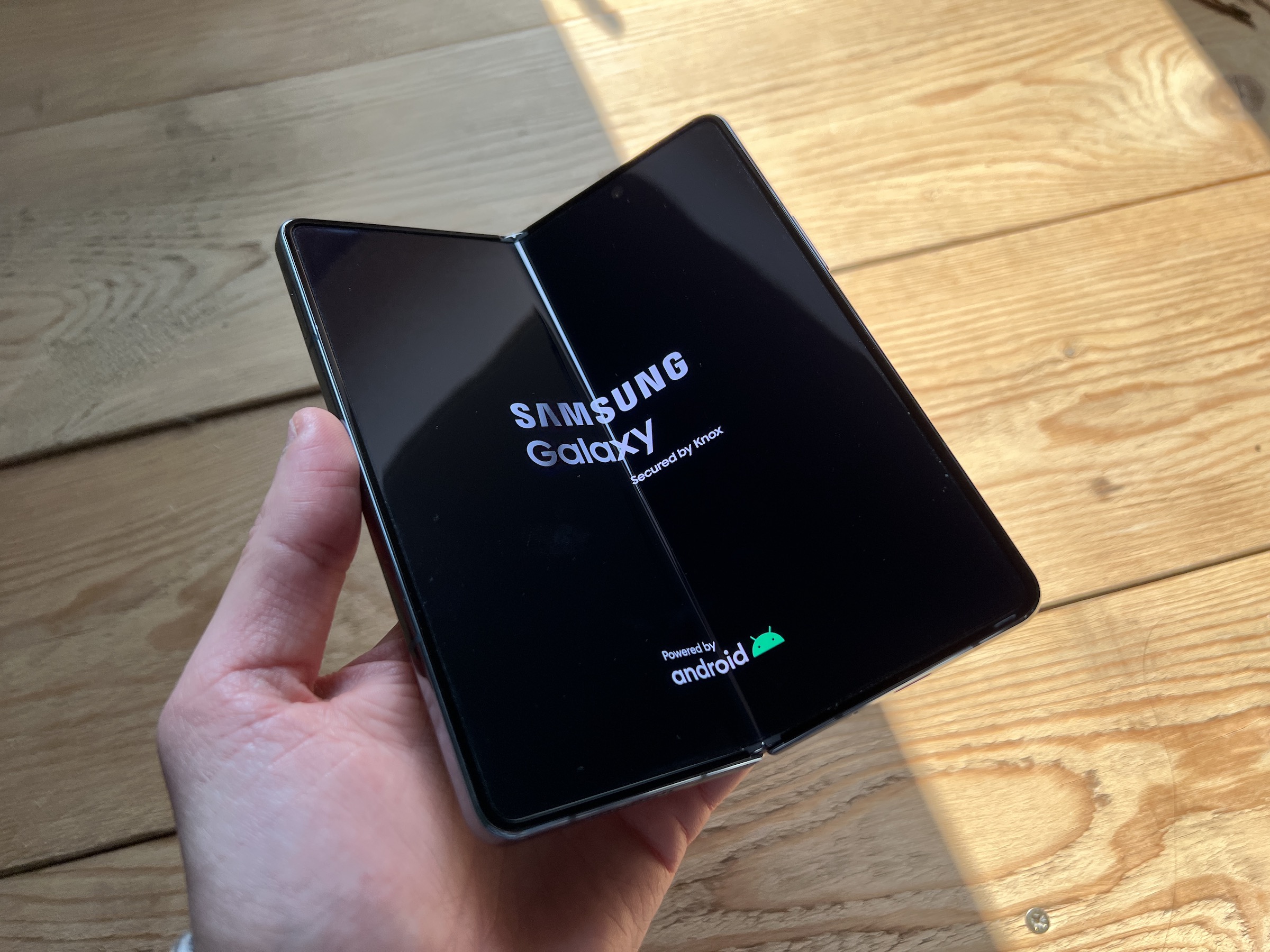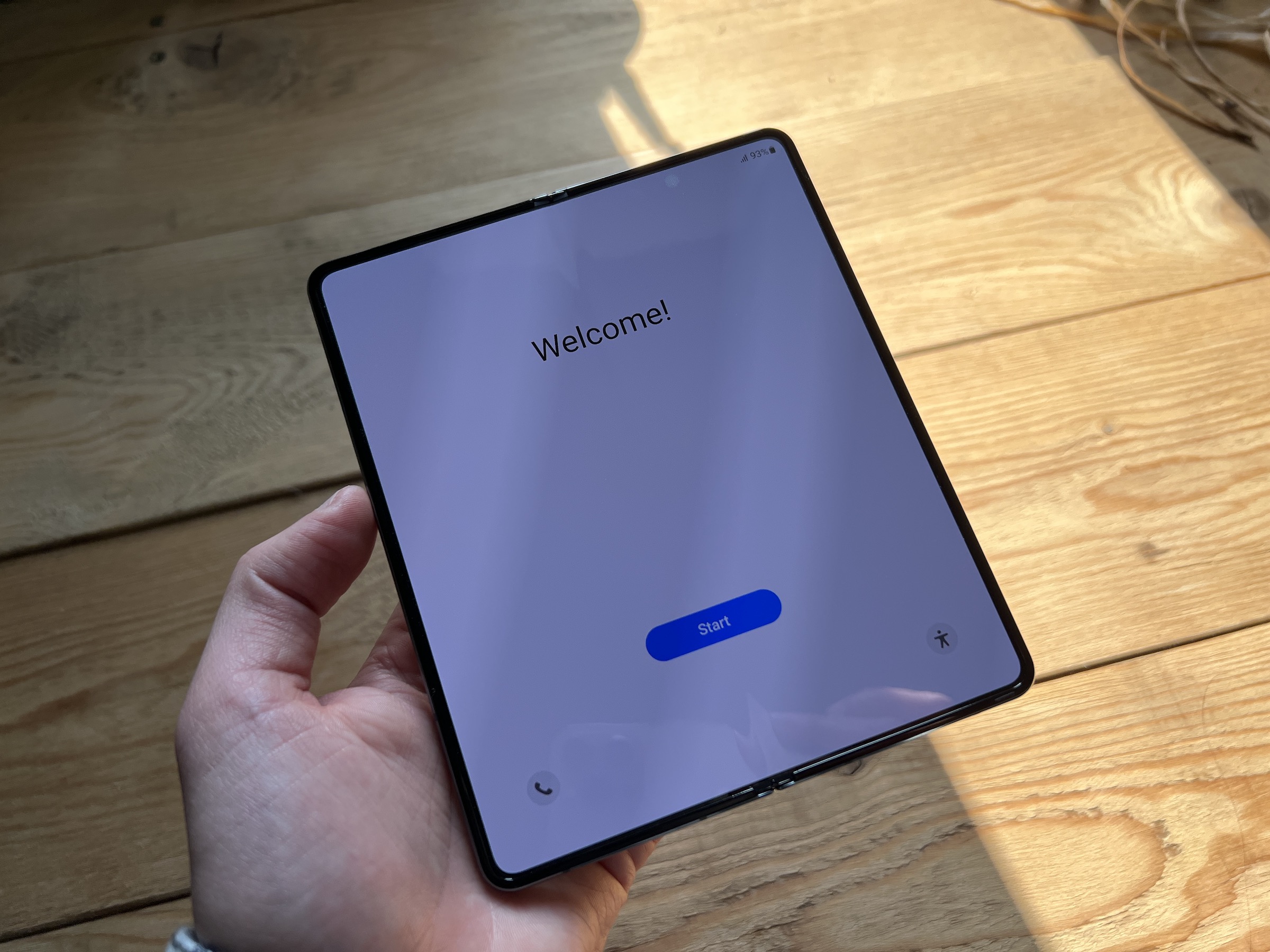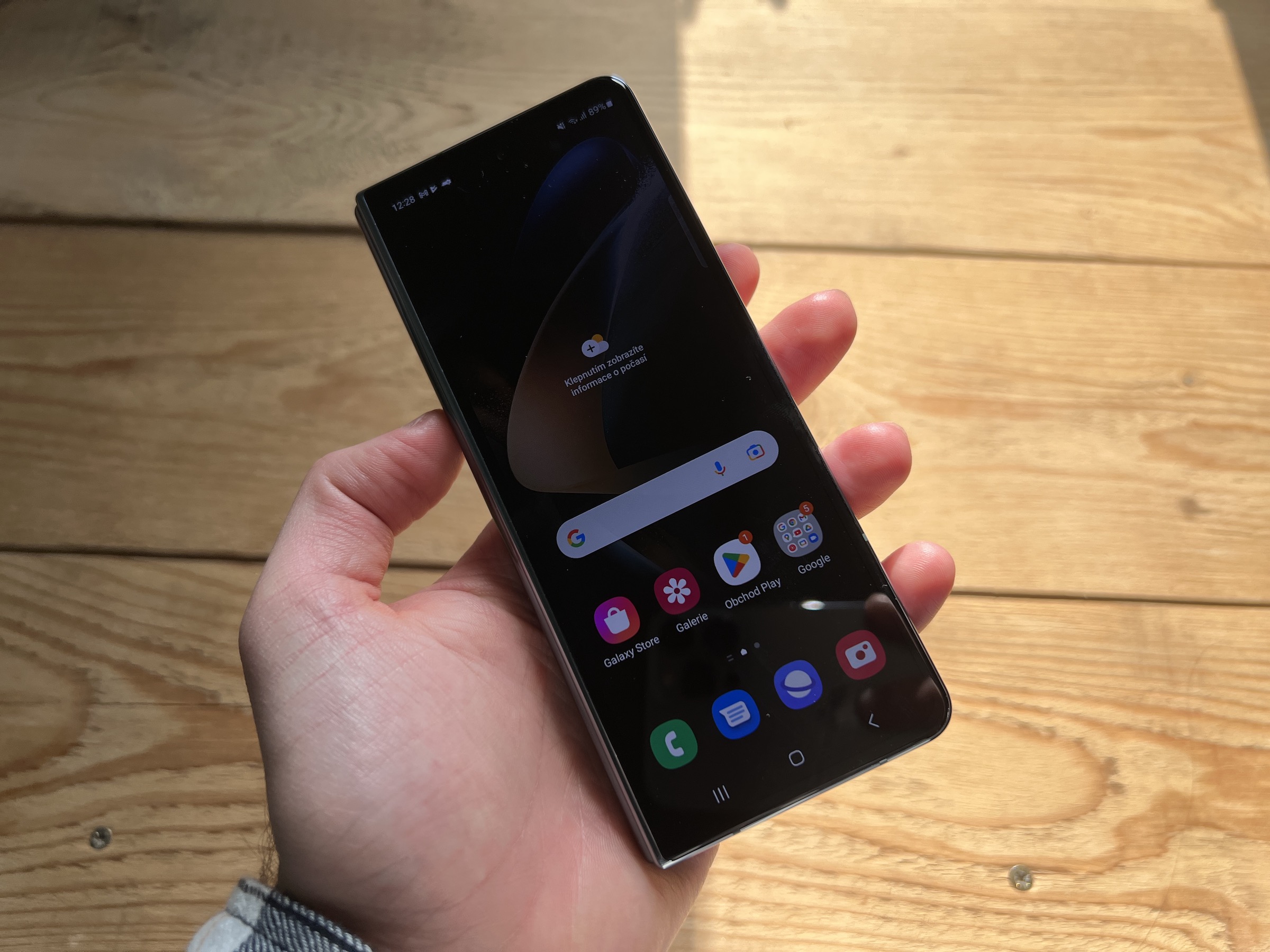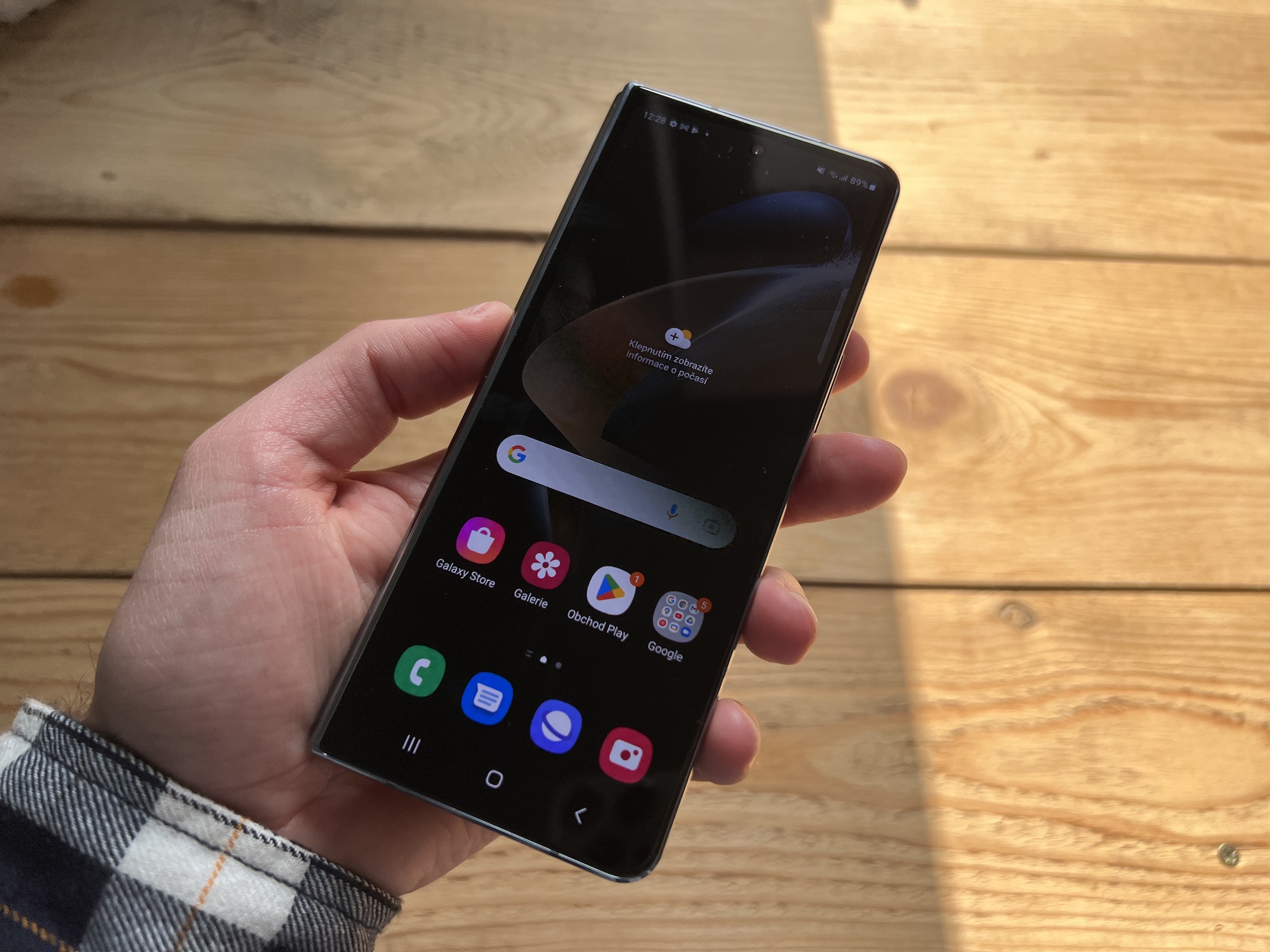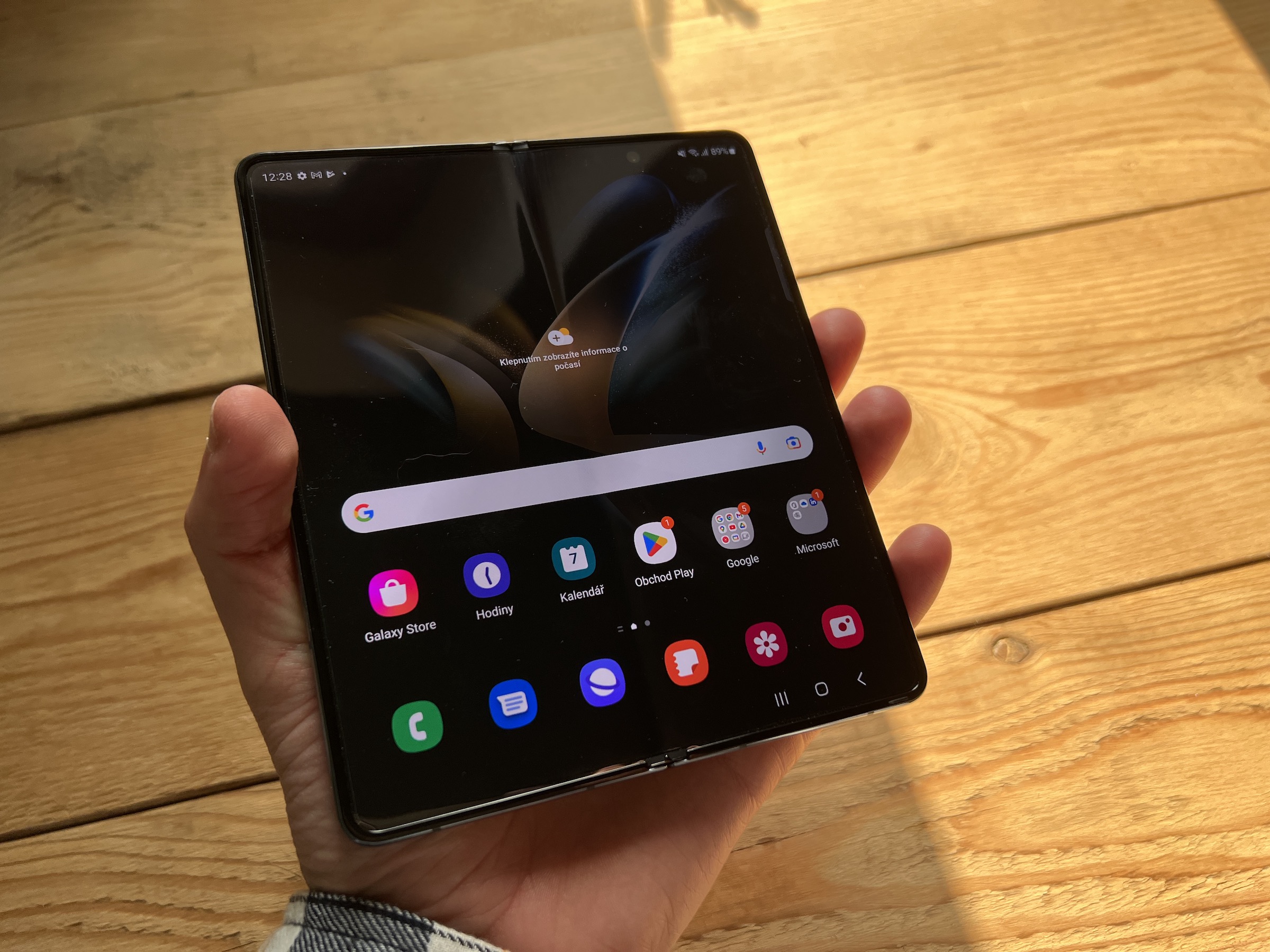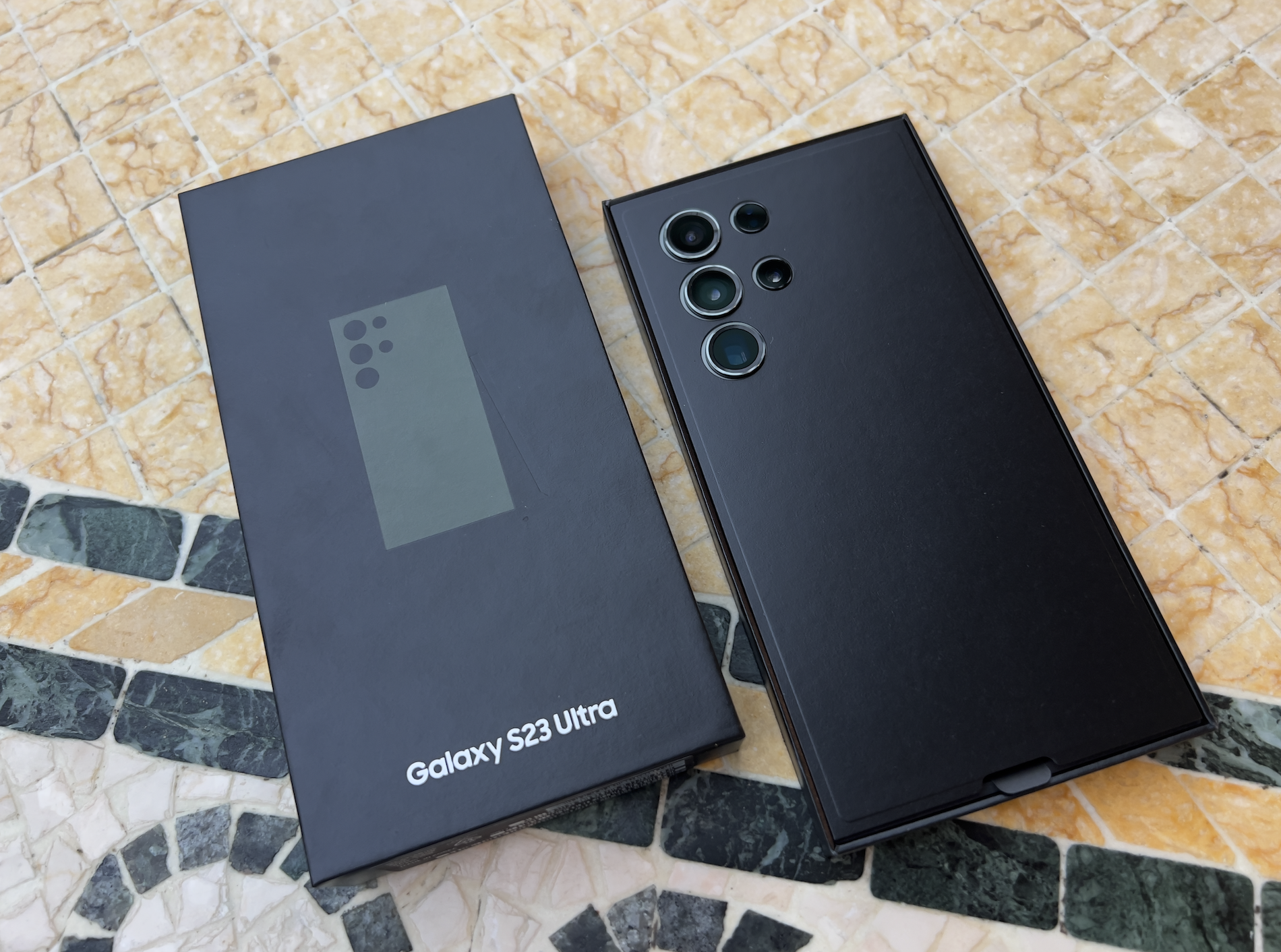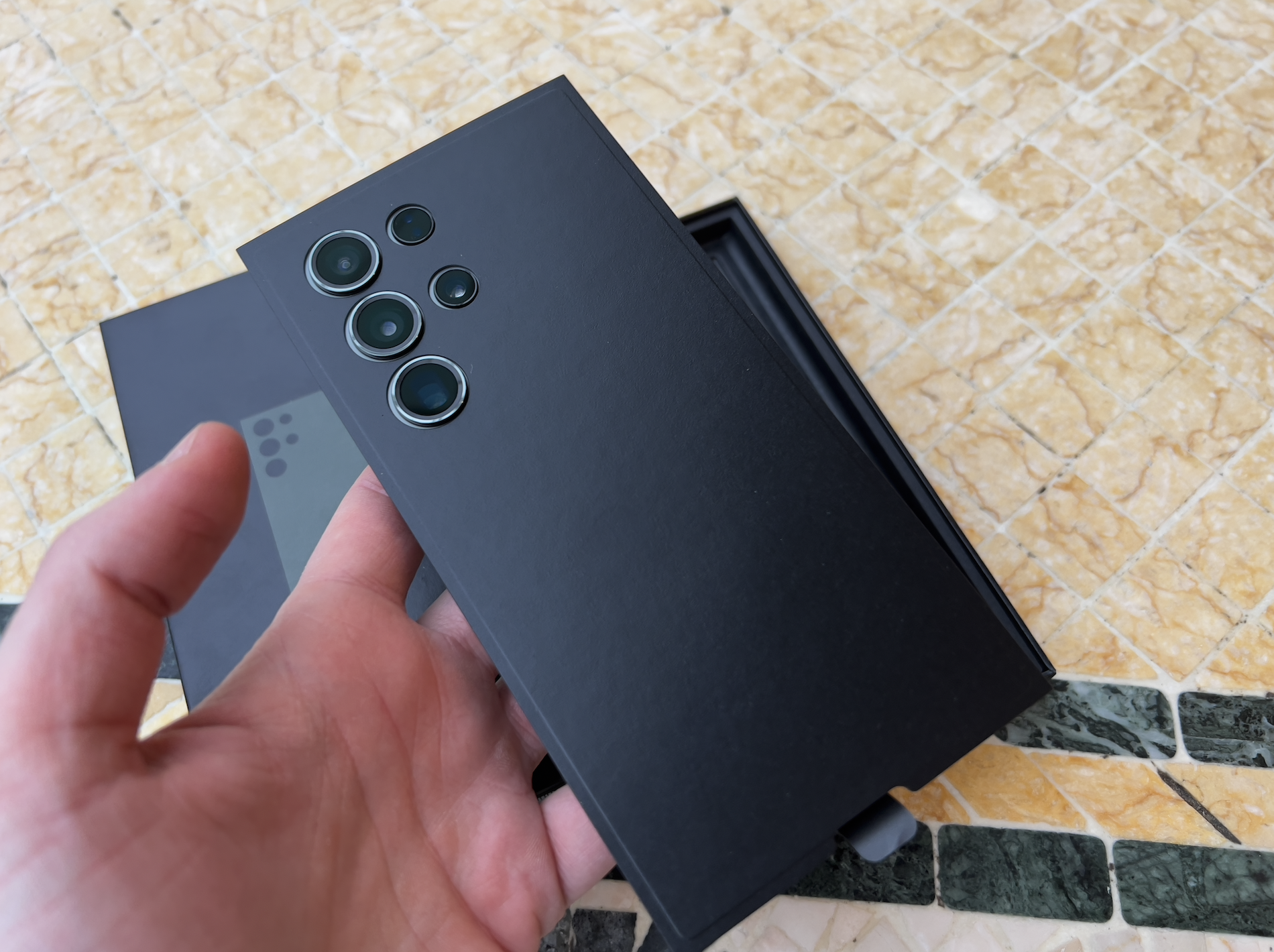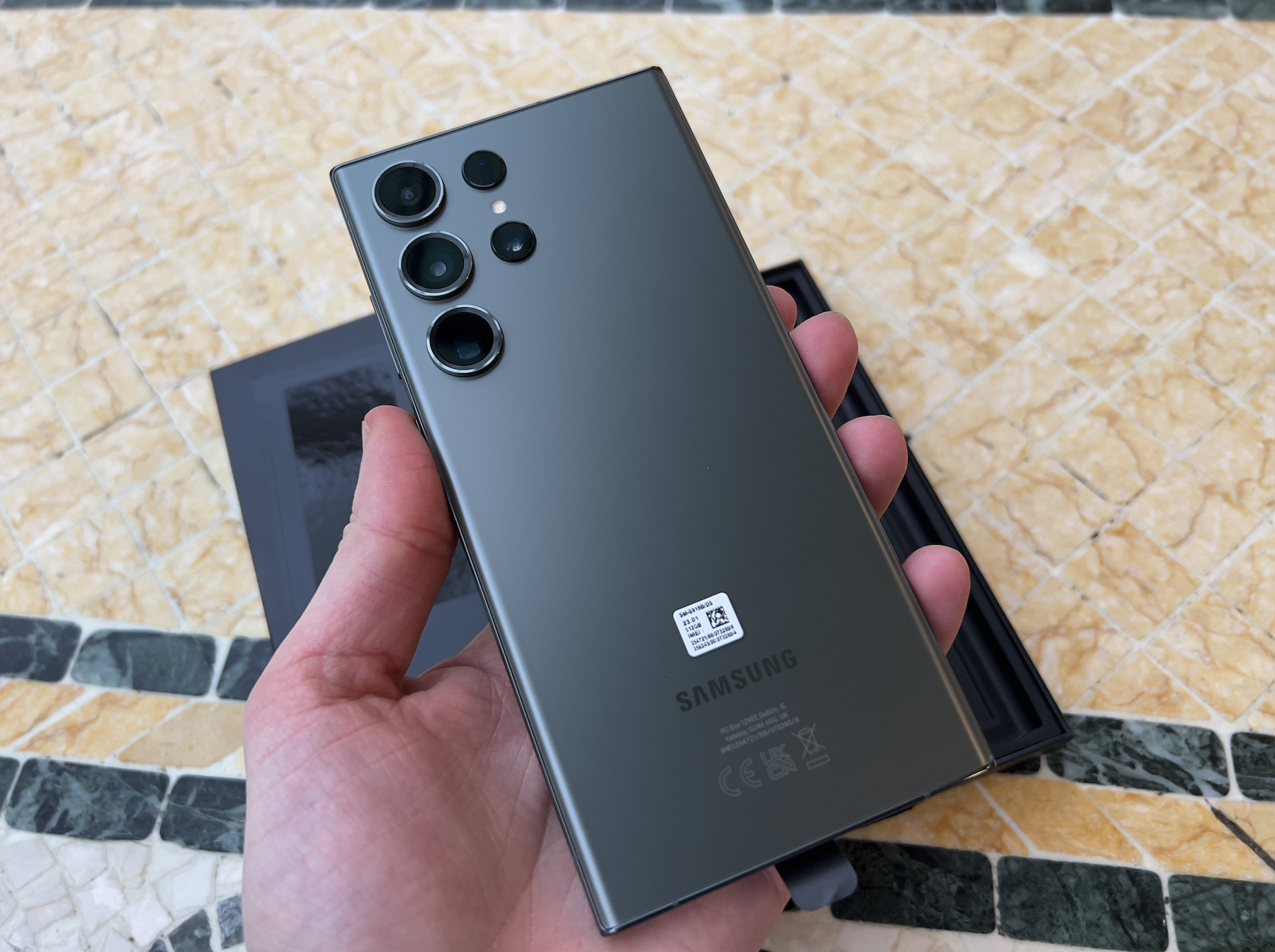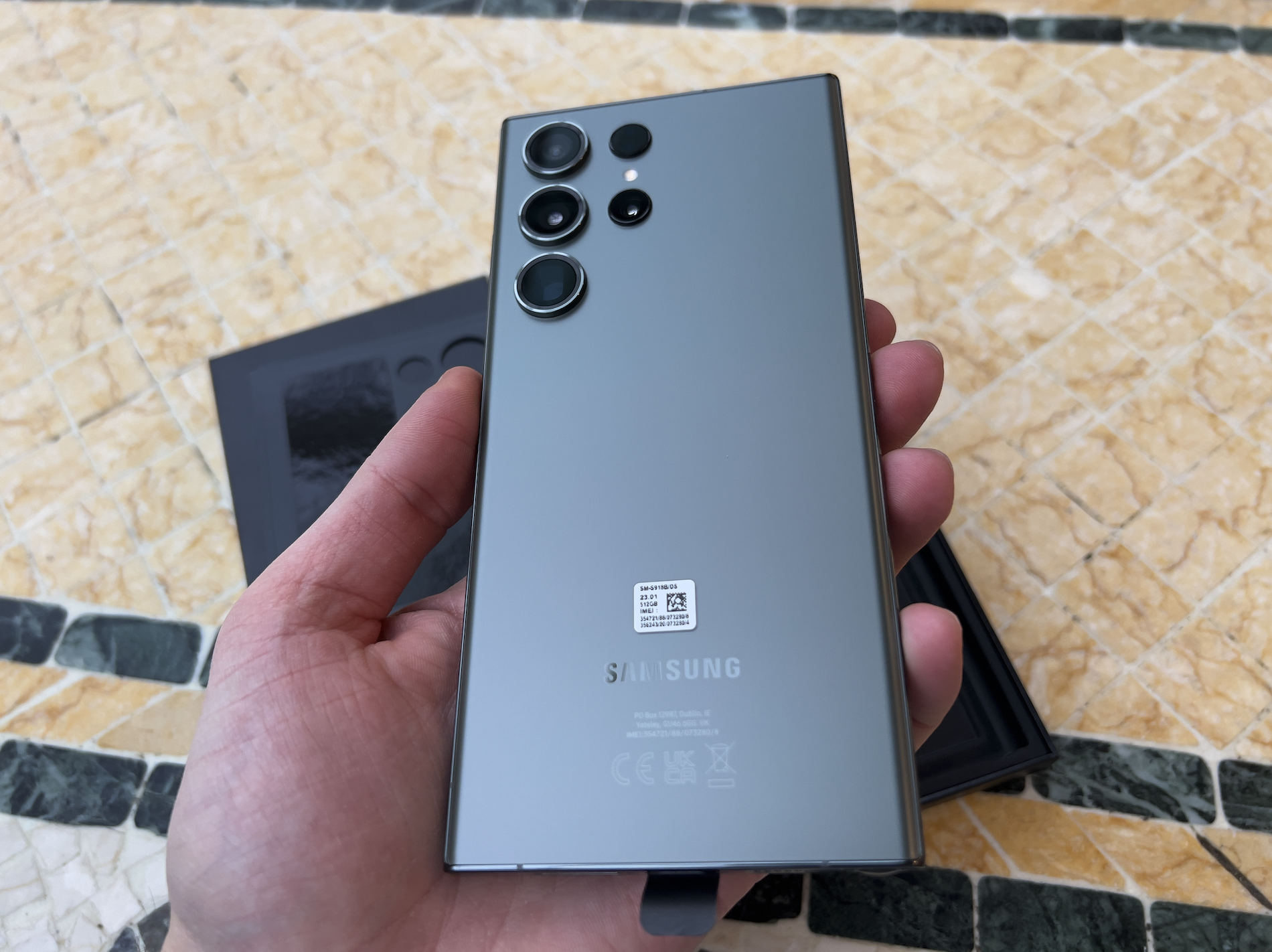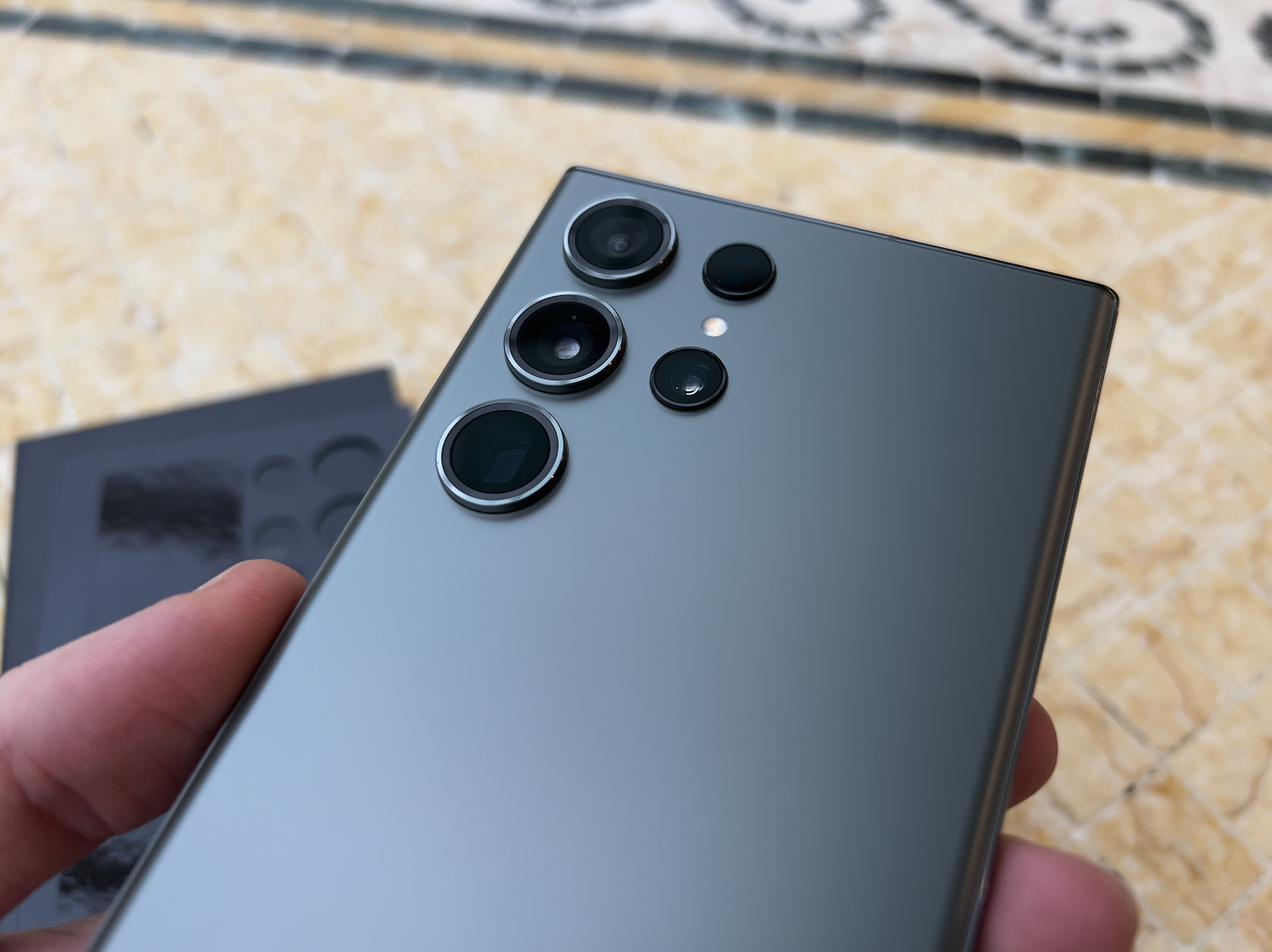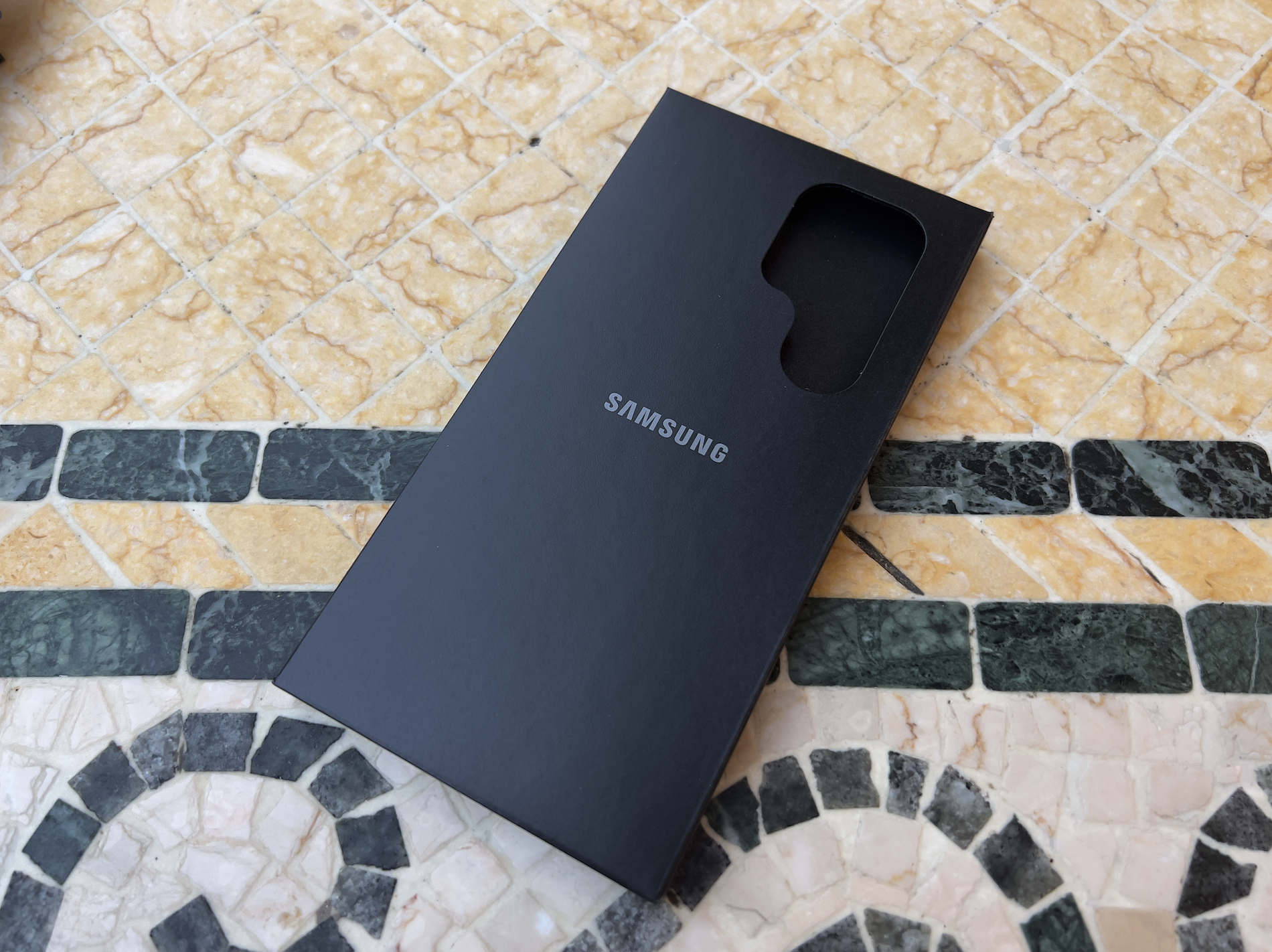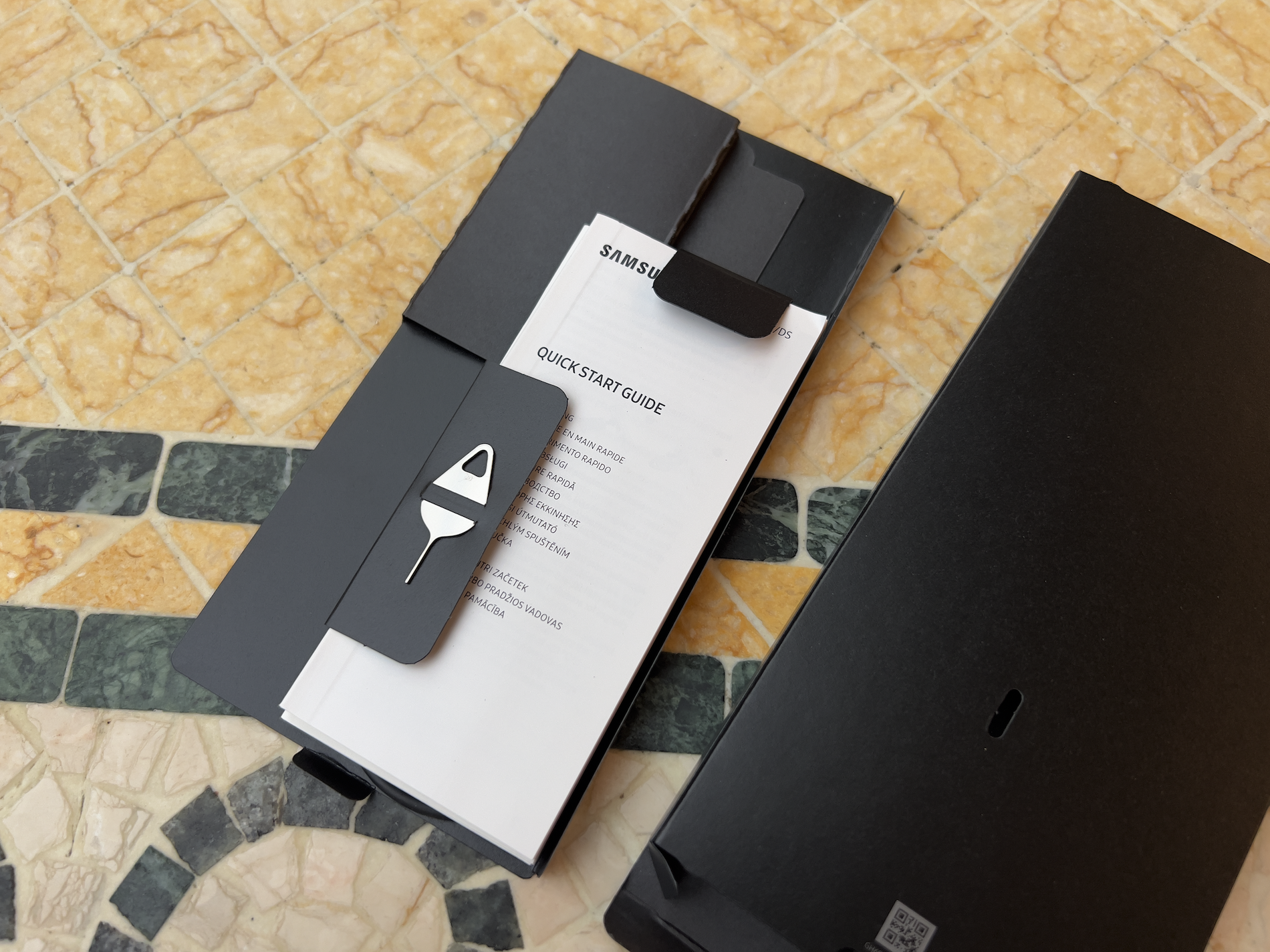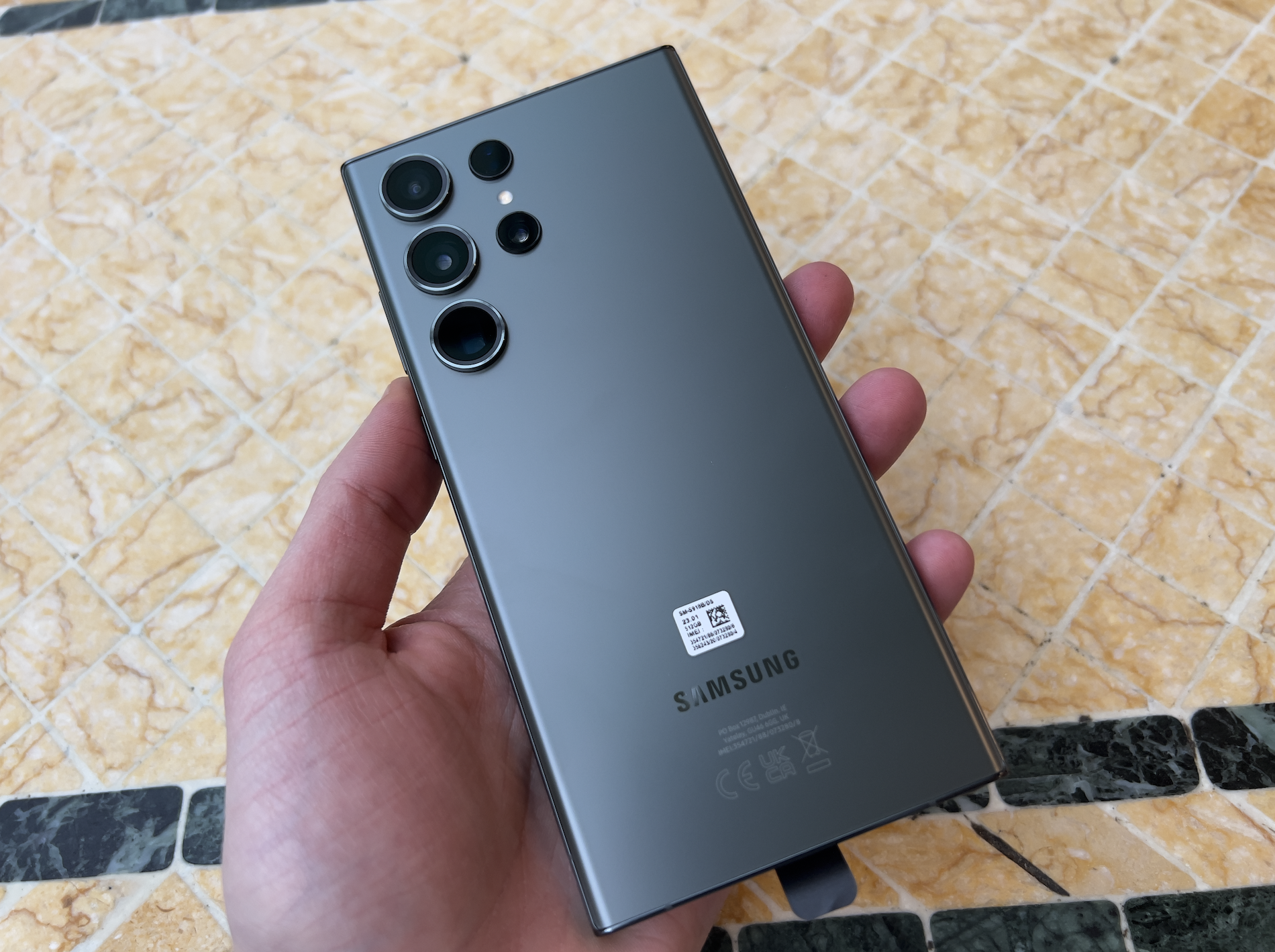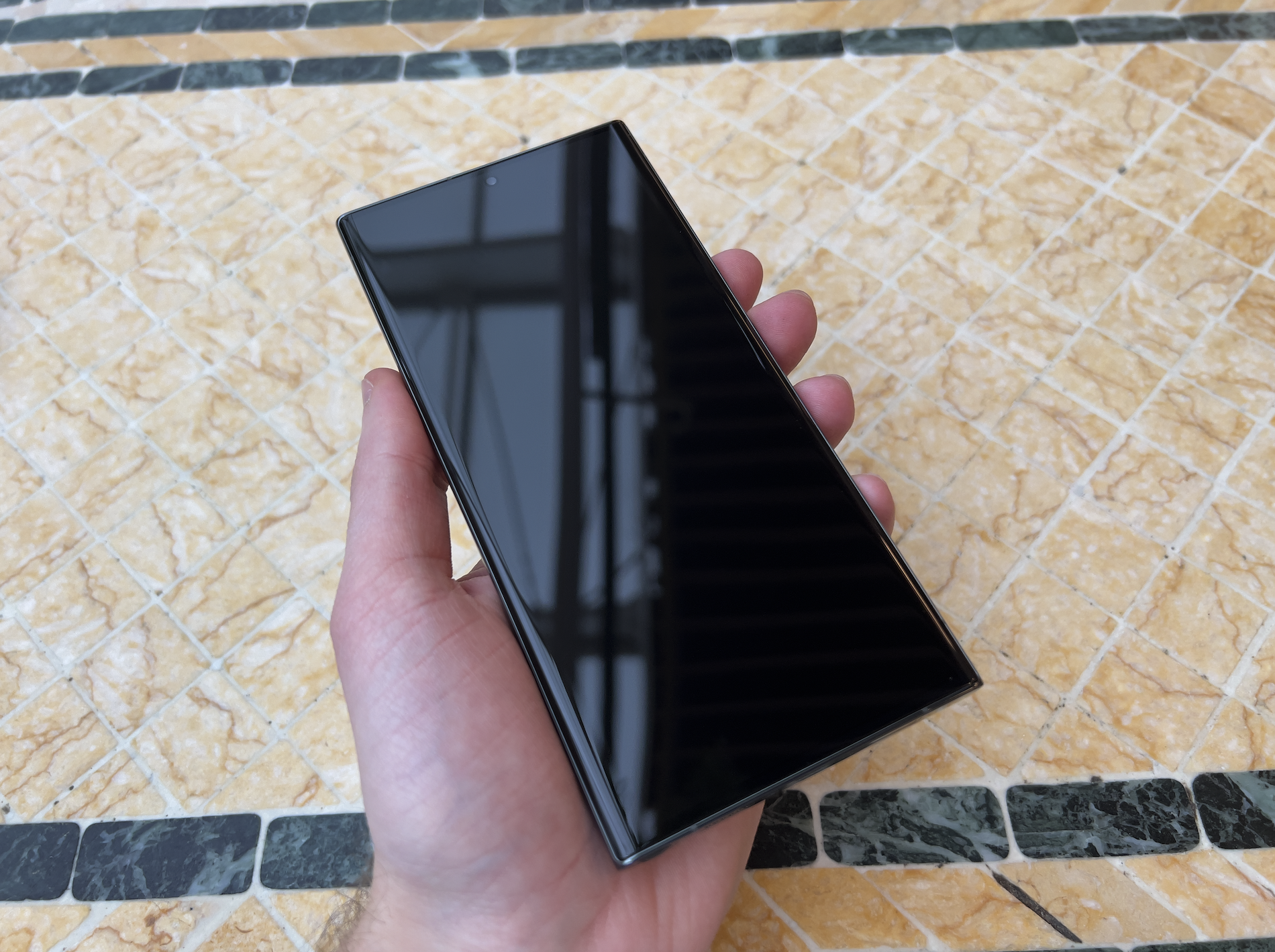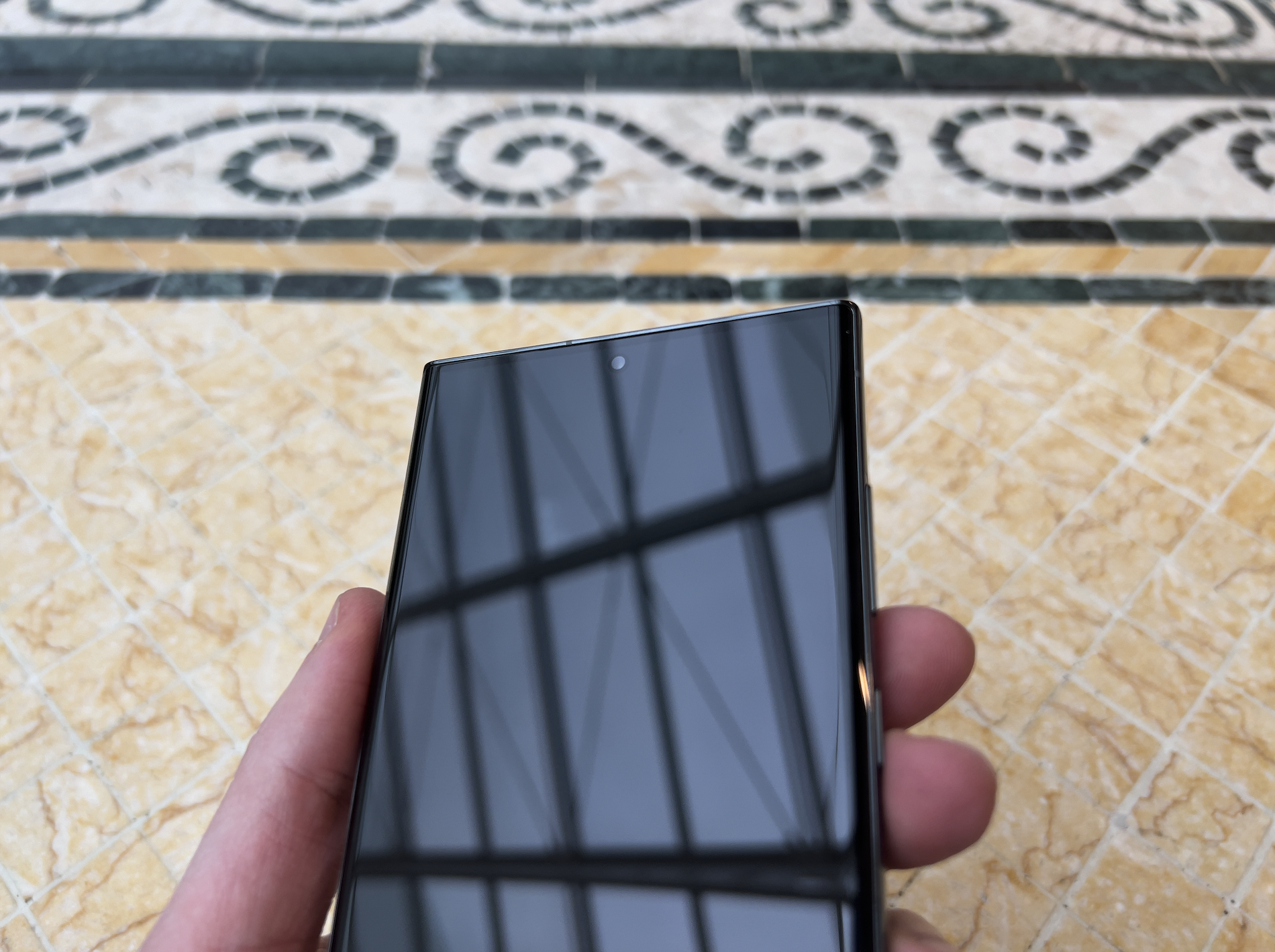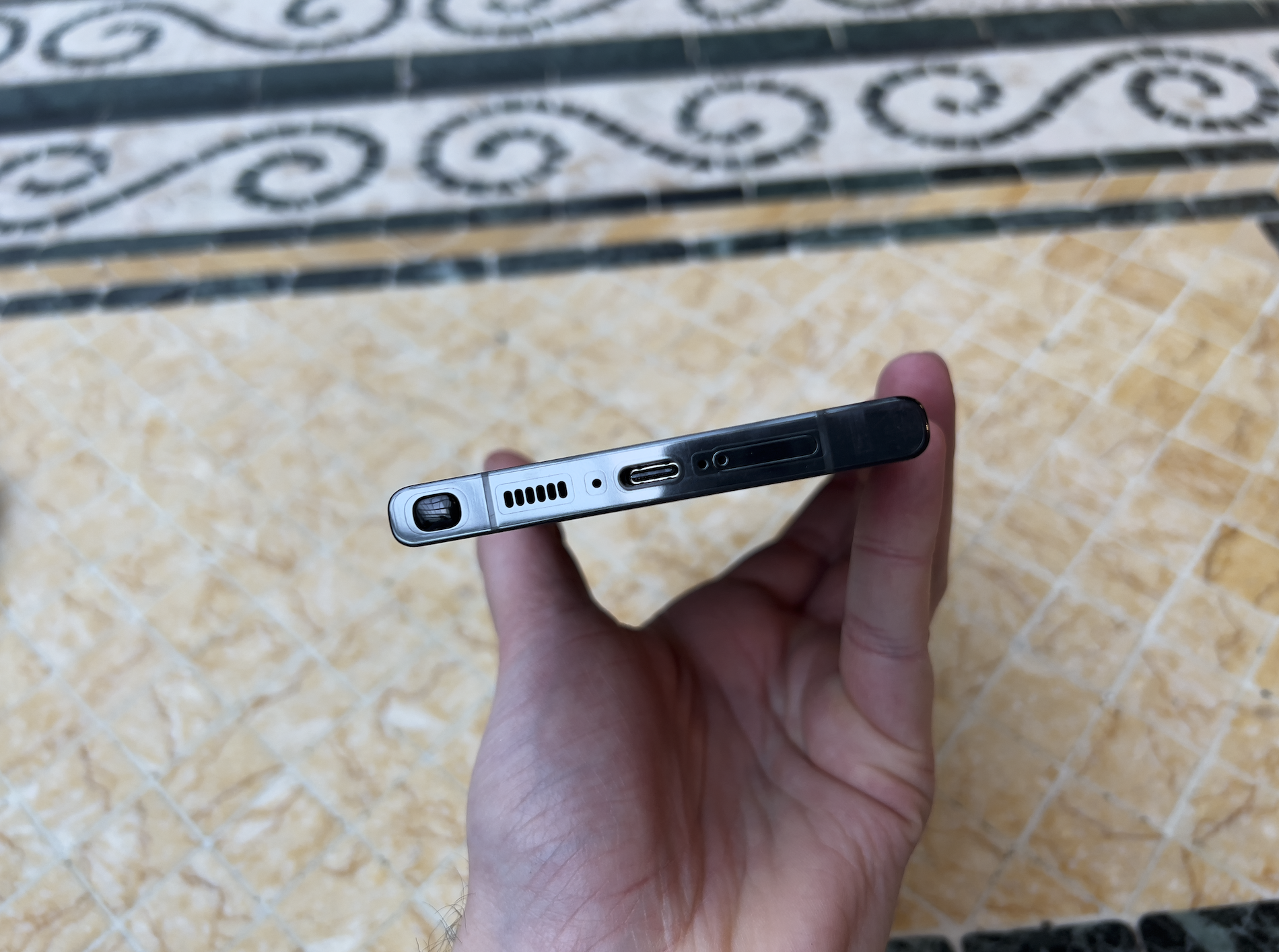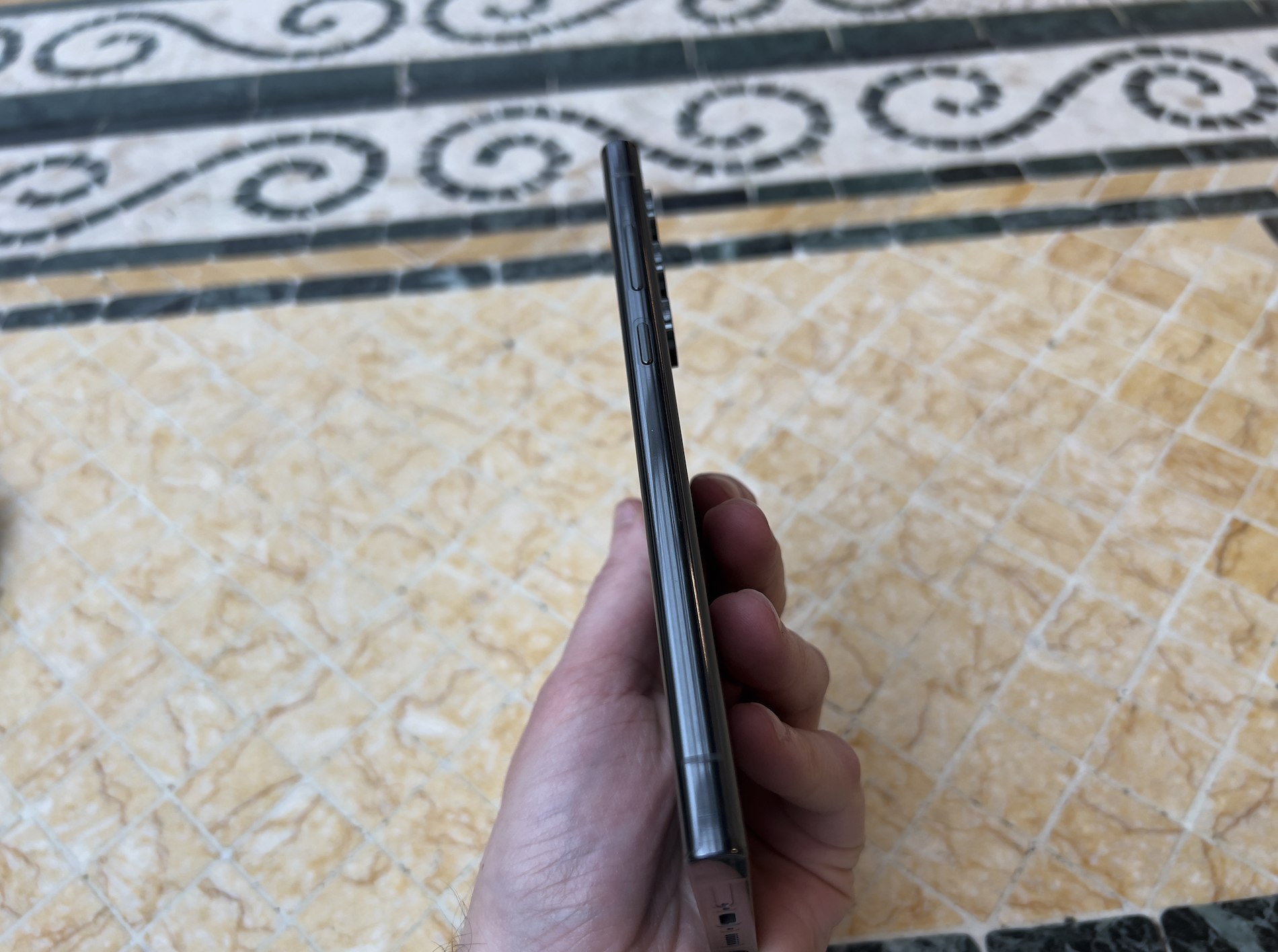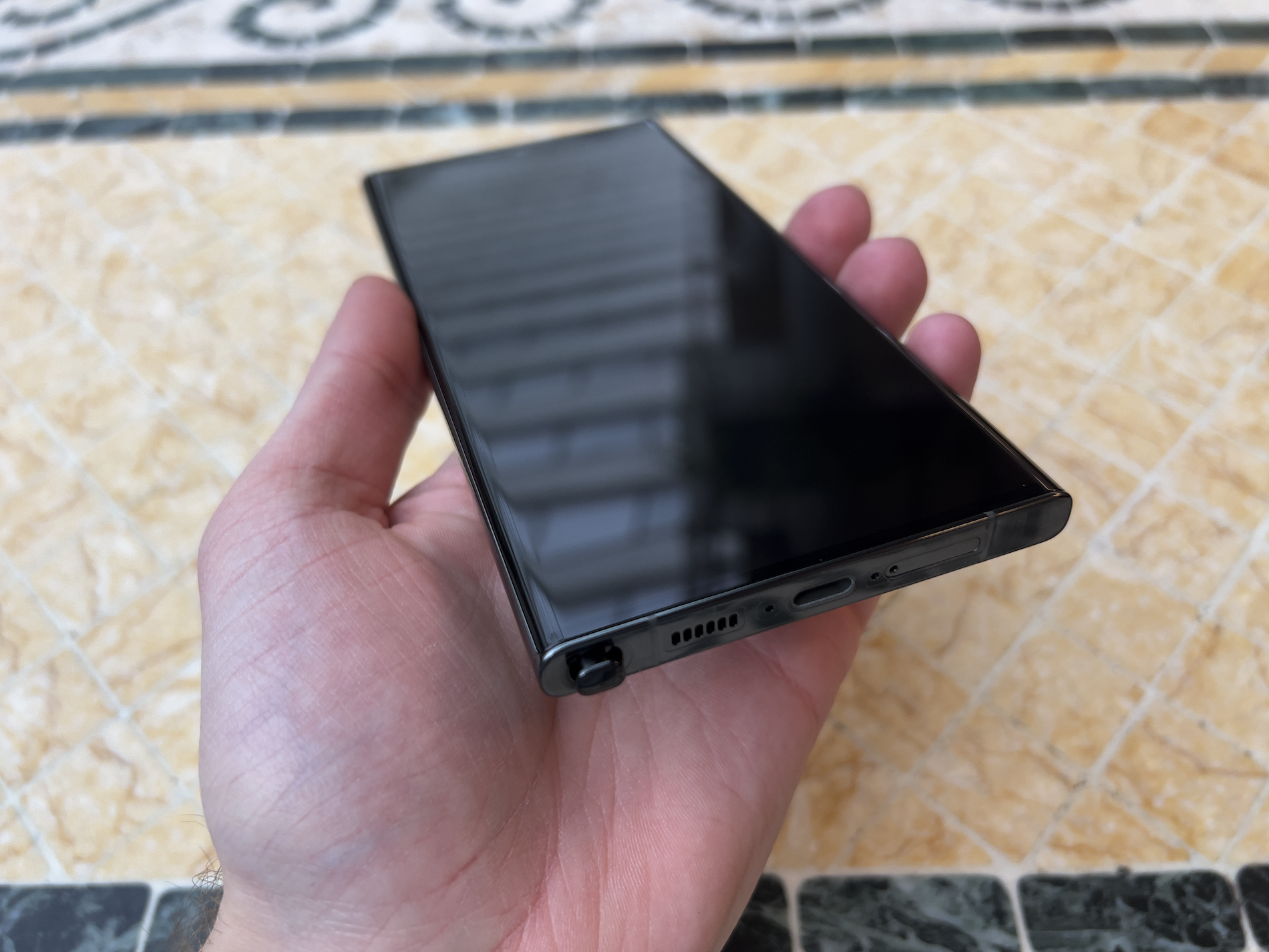Many users were impressed with Qualcomm's latest flagship introduced last fall in the form of the Snapdragon 8 Gen 2. It can show very impressive speeds while maximizing battery life to keep your smartphone alive until the next day. But not everyone craves that level of performance, and that's where the Snapdragon 7 series comes in. Qualcomm's new Snapdragon 7+ Gen 2 could clearly elevate the mid-range phone market.
Although the number 7 chipset series has only seen one release since 2021, namely the Snapdragon 7 Gen 1 last spring, the company has decided to launch a Plus version. Qualcomm says that chips with a plus in their name no longer represent a performance improvement over the previous version, but rather what's at the top of its particular lineup. Whether this delineation ends up turning Snapdragon model names into a confusing jumble of different numbers once again remains to be seen.
You could be interested in
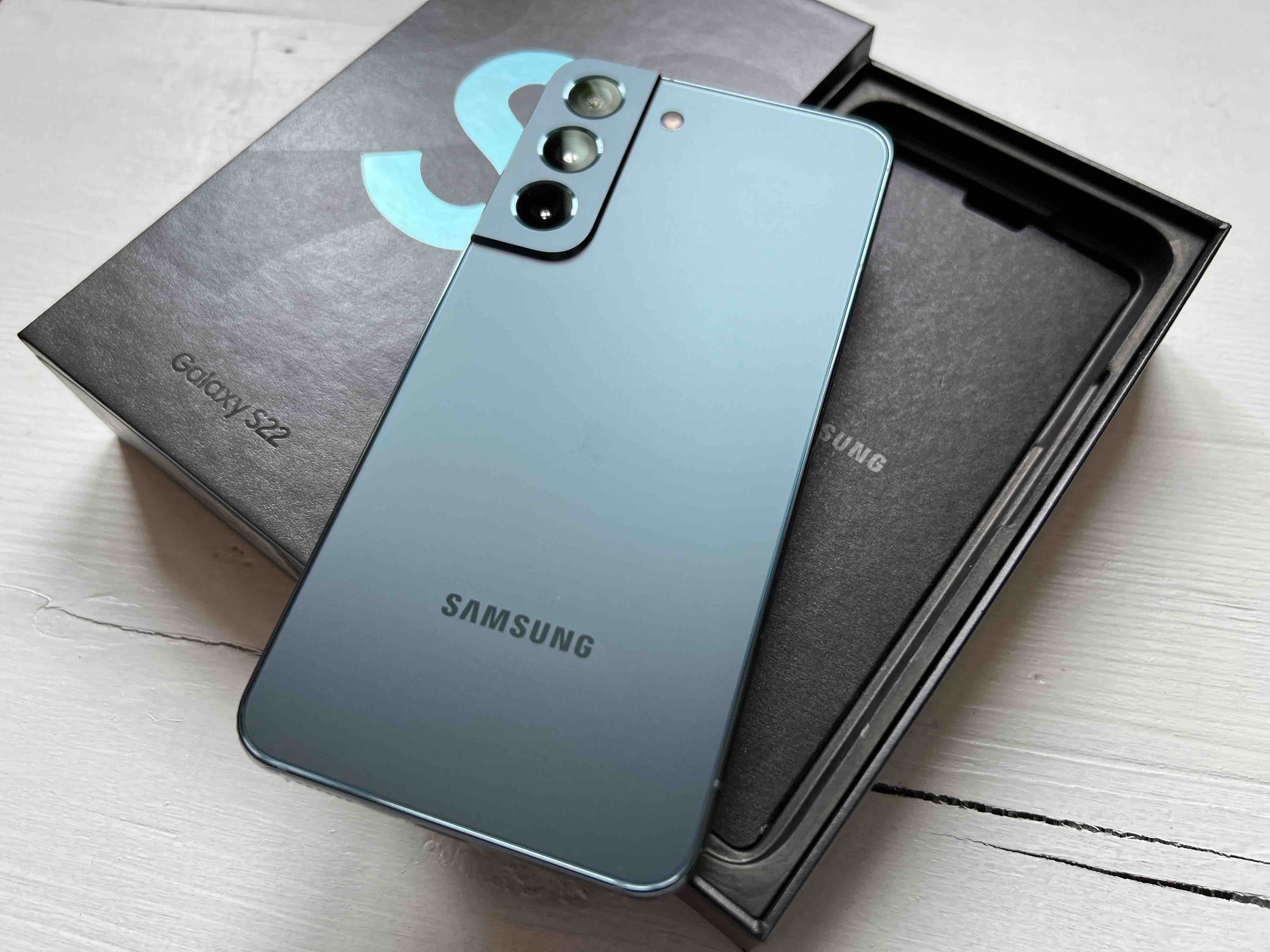
Anyway, the specs of the second-generation Snapdragon 7+ sound like a big step forward from last year's model, at least on paper. One Cortex-X2 Prime core at 2,91 GHz, three powerful Cortex-A710 cores at 2,49 GHz and four The efficiency of the Cortex-A510 core at 1,8 GHz should mean more than enough performance for a device of the class it is targeting. After all, this is almost identical architecture to last year's Snapdragon 8+ Gen 1, which still makes an impression in phones like Samsung Galaxy From Fold4. It looks like the new series could achieve up to 50% better performance than its predecessor.
The chip works with an Adreno GPU, which Qualcomm claims is twice as fast, capable of variable-speed automatic shading, volumetric rendering and, of course, HDR playback. Like the first-generation Snapdragon 8+, this new 4nm chip is manufactured by TSMC. A look at the technical specifications allows for further comparison. The latest Snapdragon 7+ now supports three cameras with 18-bit ISP, an improvement over the predecessor's 14-bit ISP, and is capable of recording at 4K 60. It's also capable of powering QHD+ displays with a 120Hz refresh rate, a huge step up from the first Snapdragon 7 chip generation.
You could be interested in
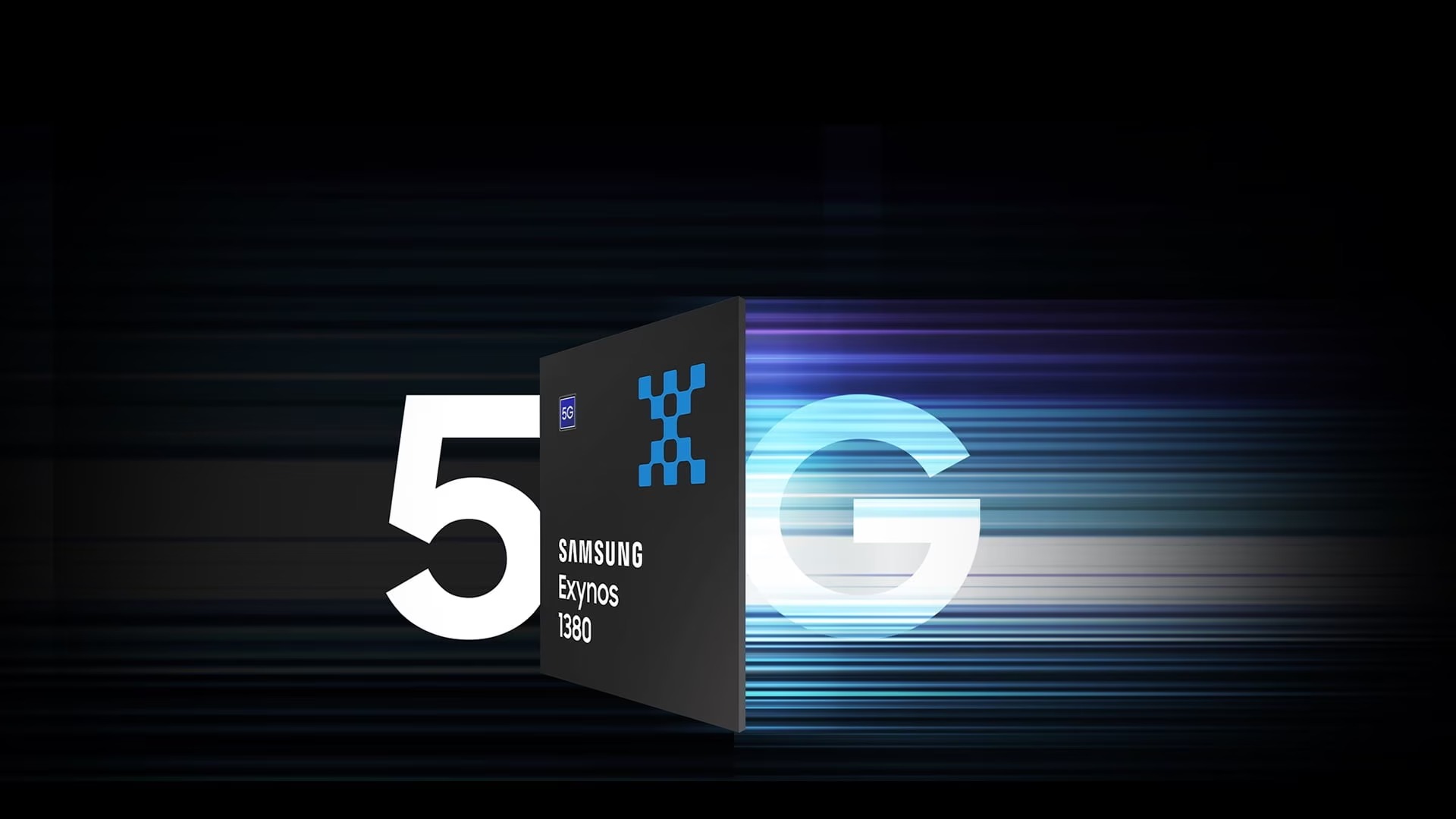
However, none of this means that the second-generation Snapdragon 7+ is a perfect clone of last year's 8+. Qualcomm has kept its X62 5G modem, which supports mmWave and Sub-6, but maxes out at 4,4 Gbps. And not all similarities between the two chips are for the best. Despite the fact that the second-generation Snapdragon 8 now has AV1 support, this year's 7 series lacks it again.
It is not yet clear whether the second-generation Snapdragon 7+ will make it to the US. Recently launched mid-range devices in the US such as the Moto Edge or Galaxy The A54 sticks to chips from MediaTek or Samsung's own, and the expected Nothing Phone 2 will most likely be powered by the Snapdragon 8+ Gen 1. One can only hope that the noticeable performance boost of the new Snapdragon 7+ XNUMXnd gen will catch the eye and convince manufacturers to integrate it into their device and we will meet it in globally available smartphones. After all, it could also be used in Galaxy S23 FE.

